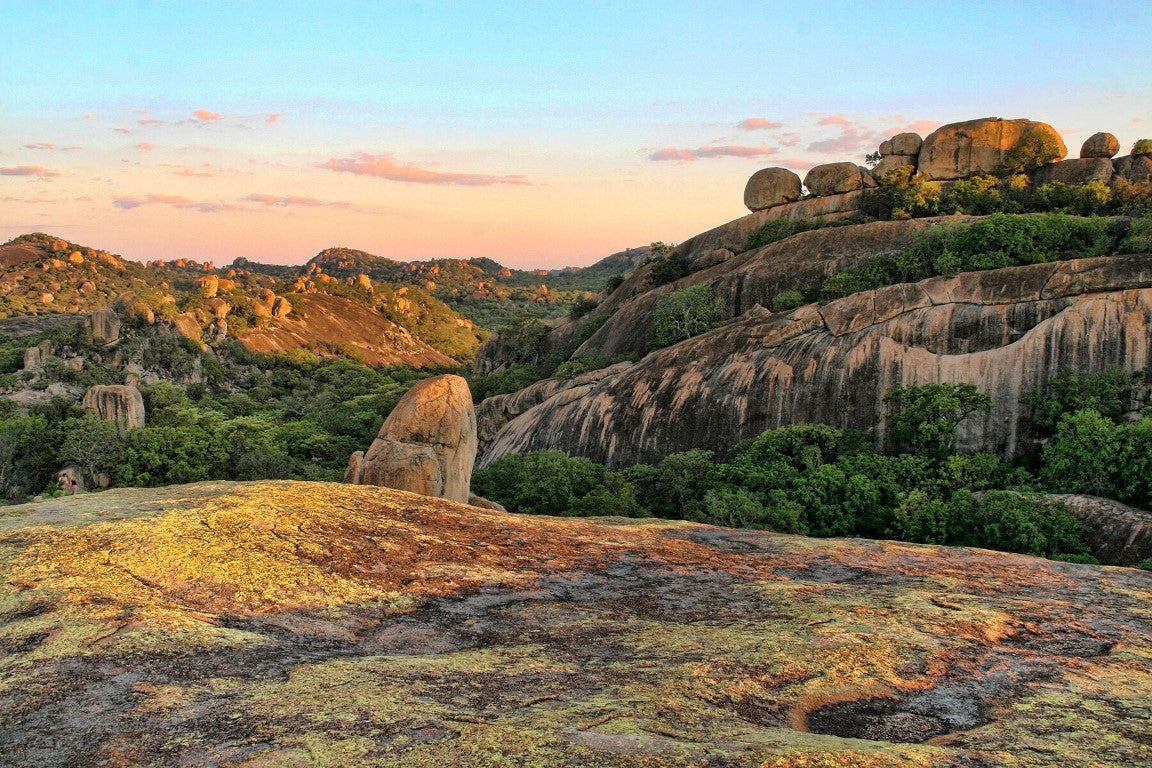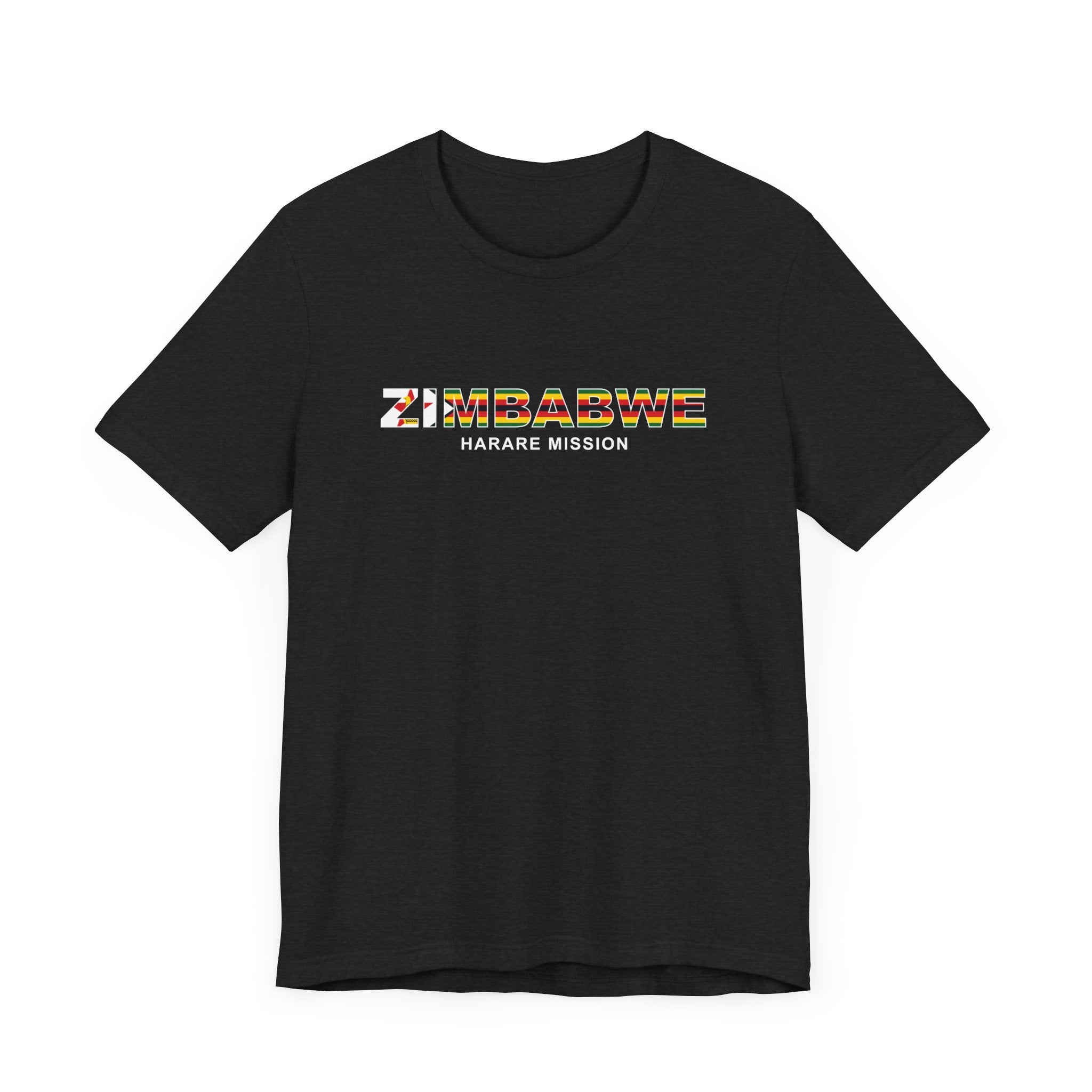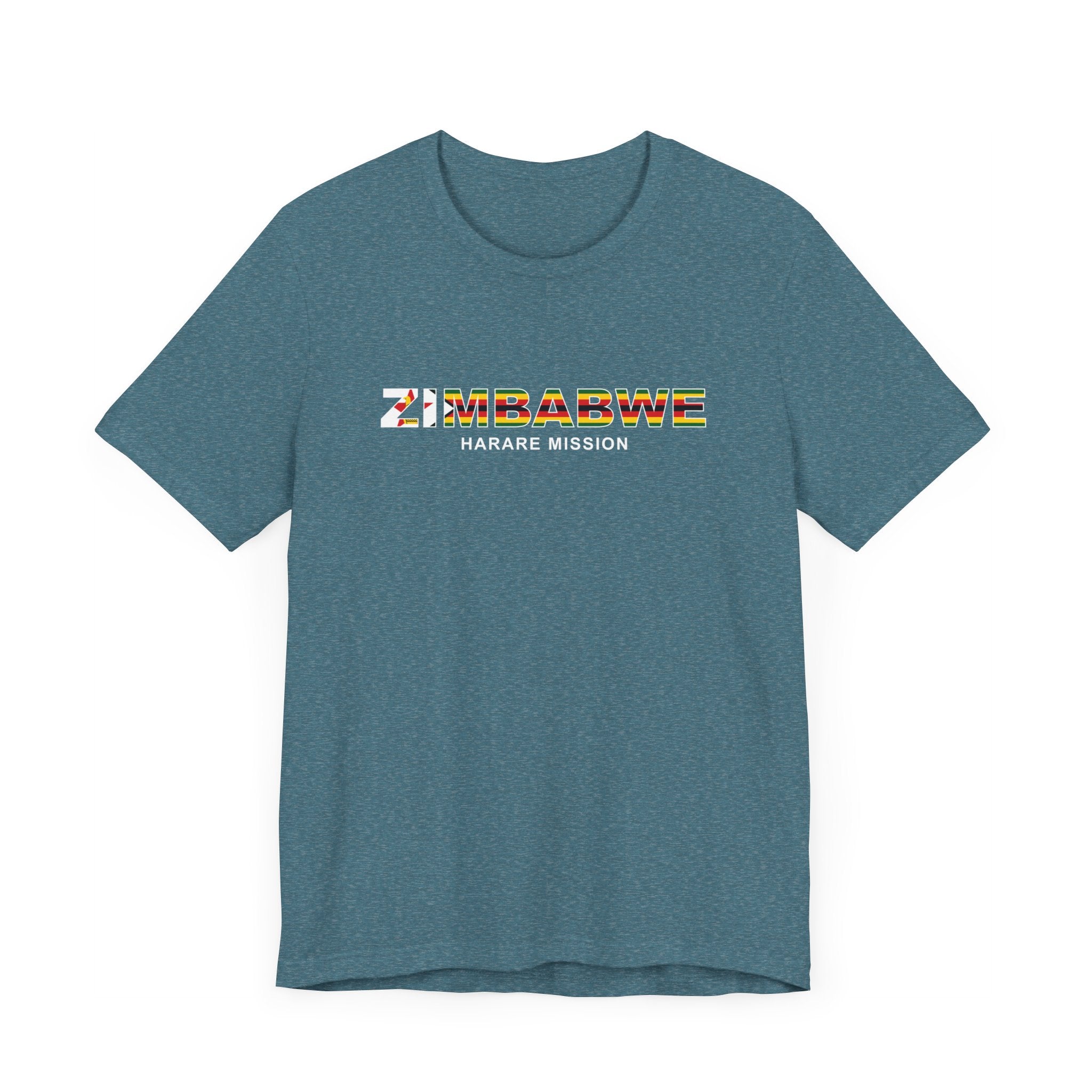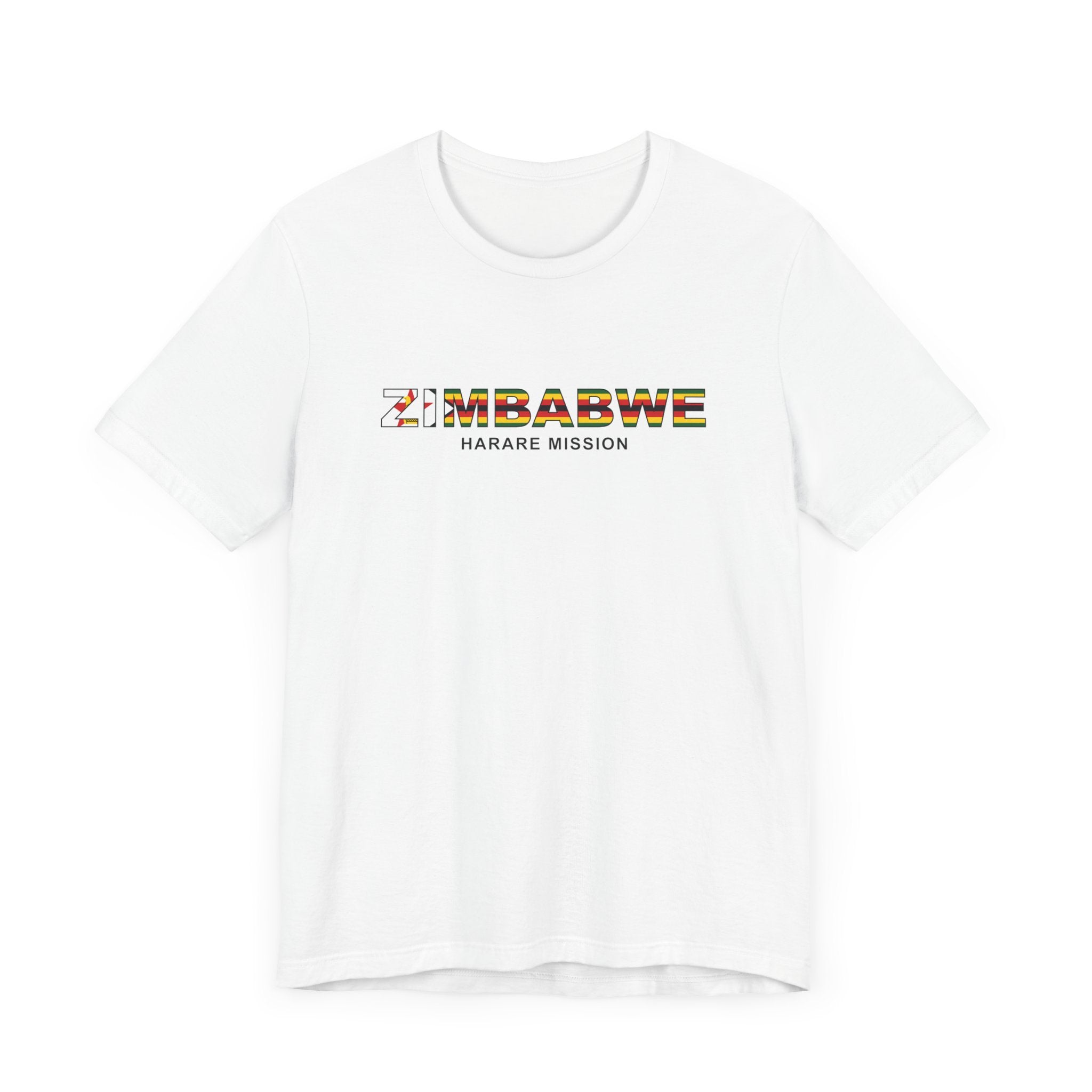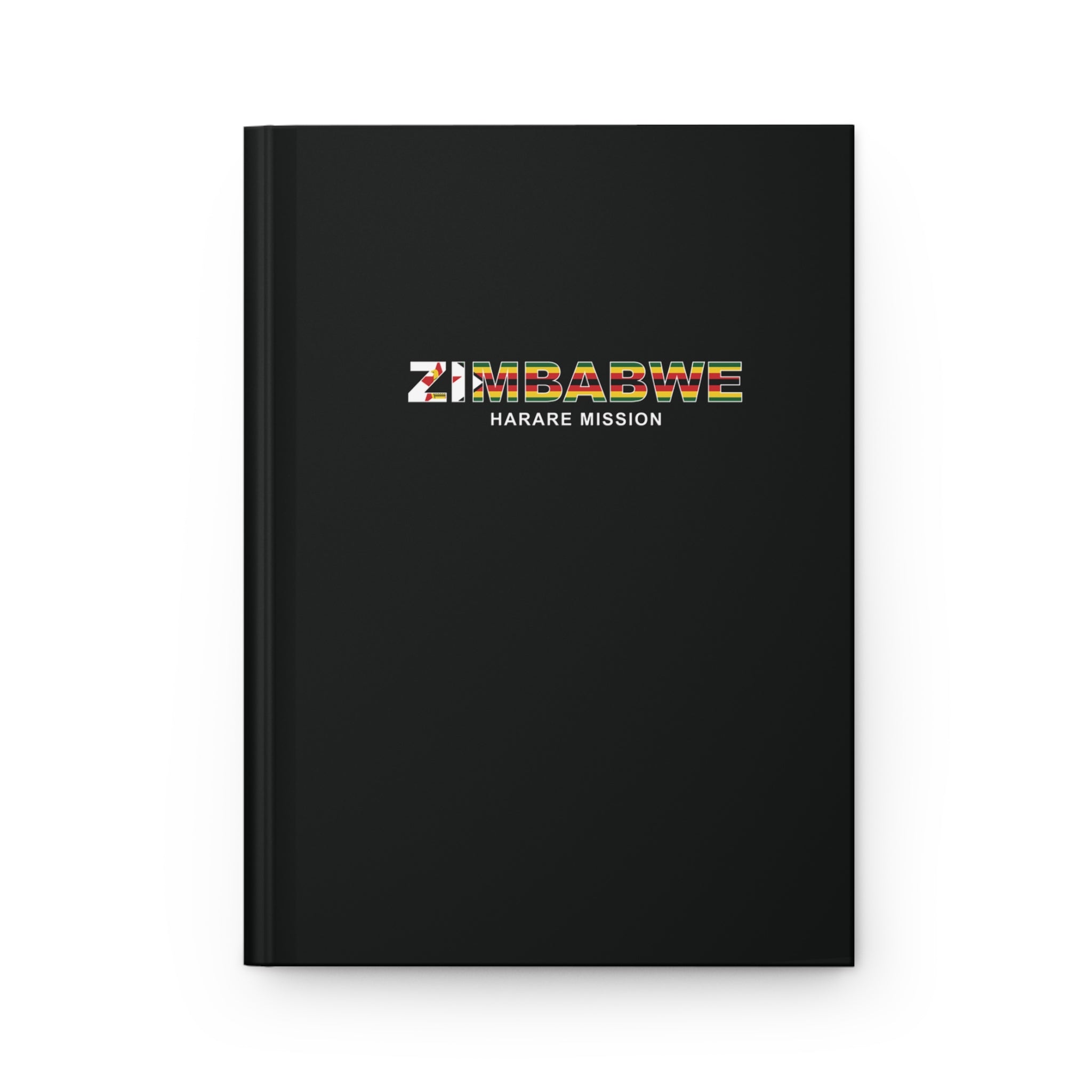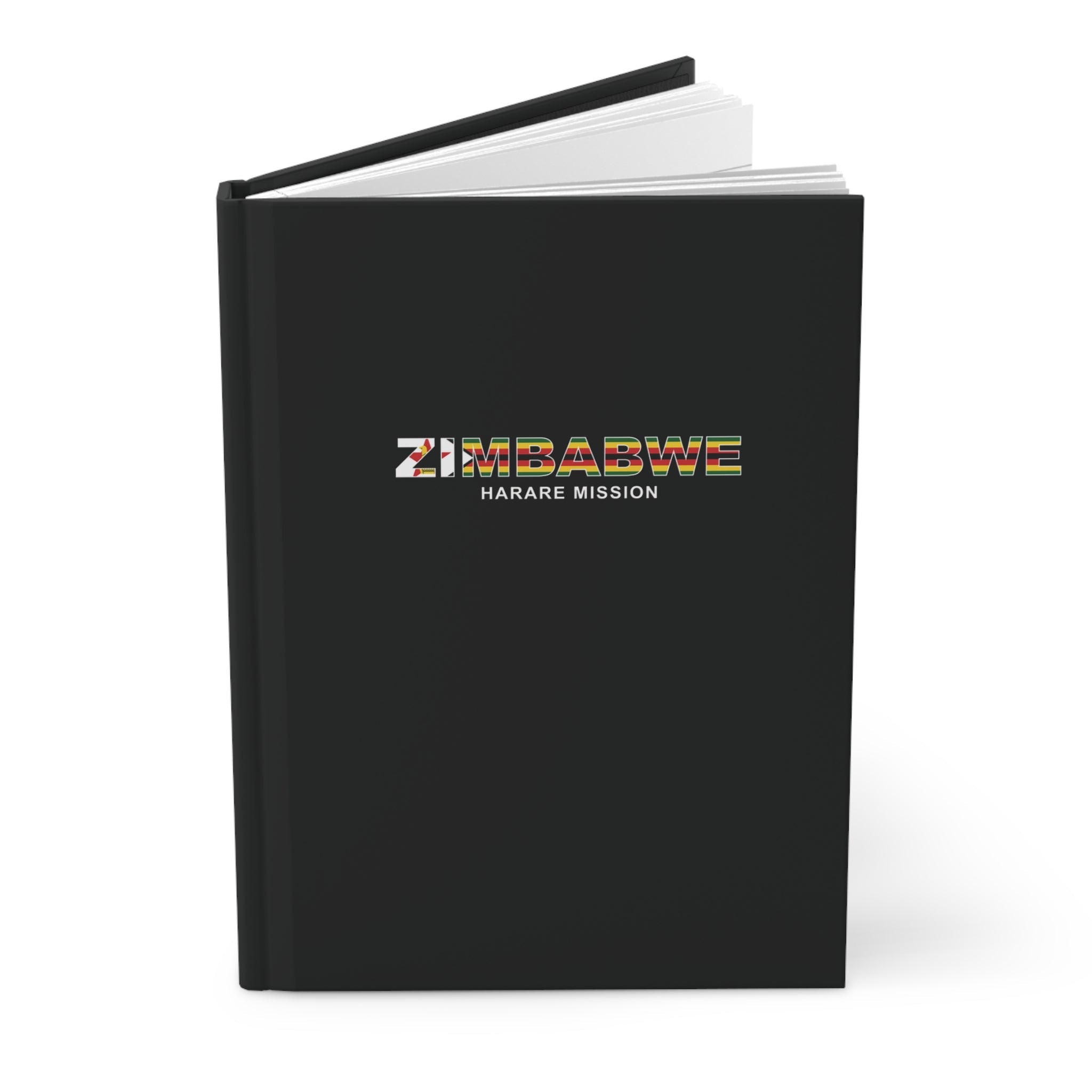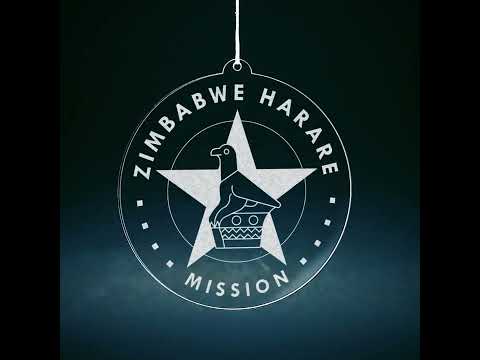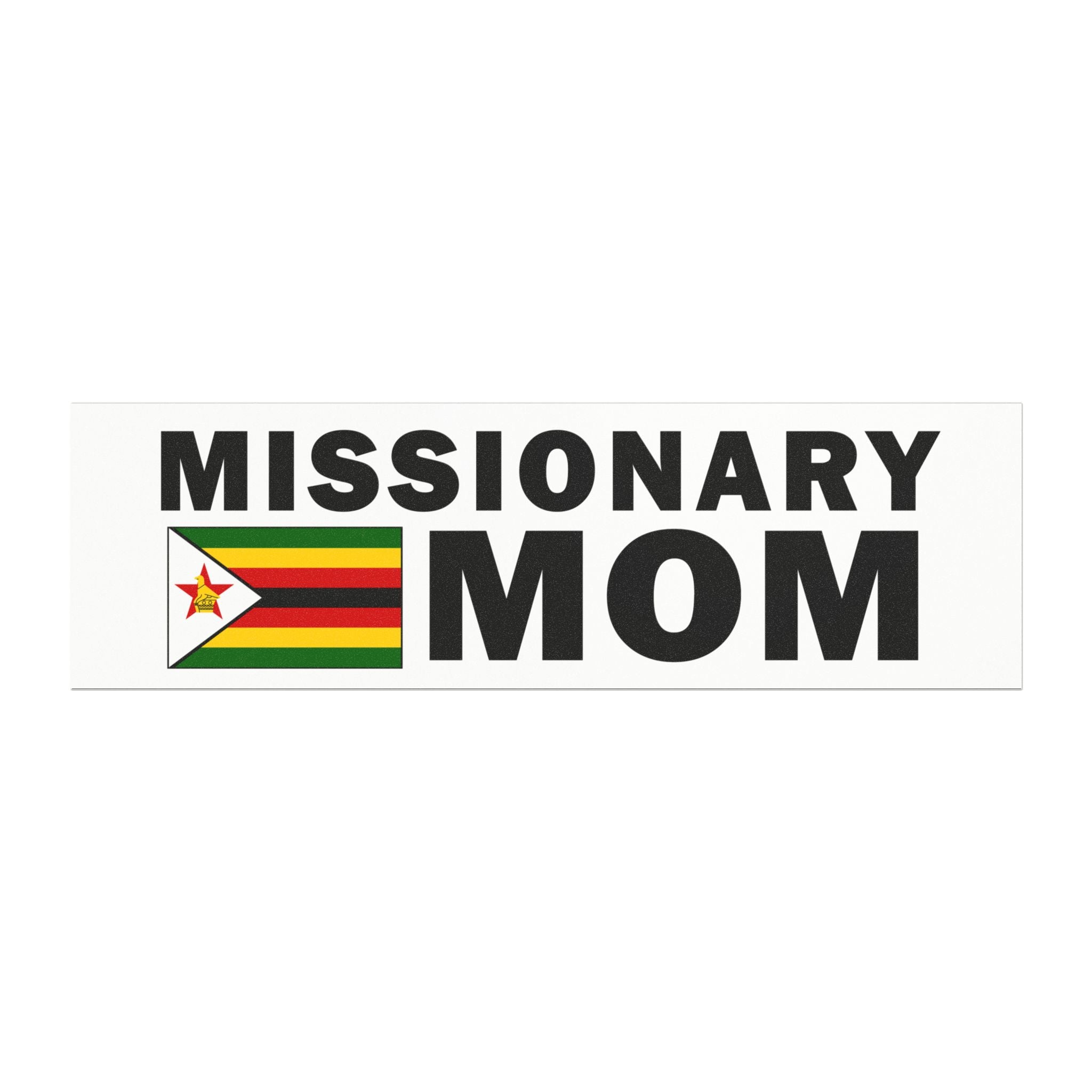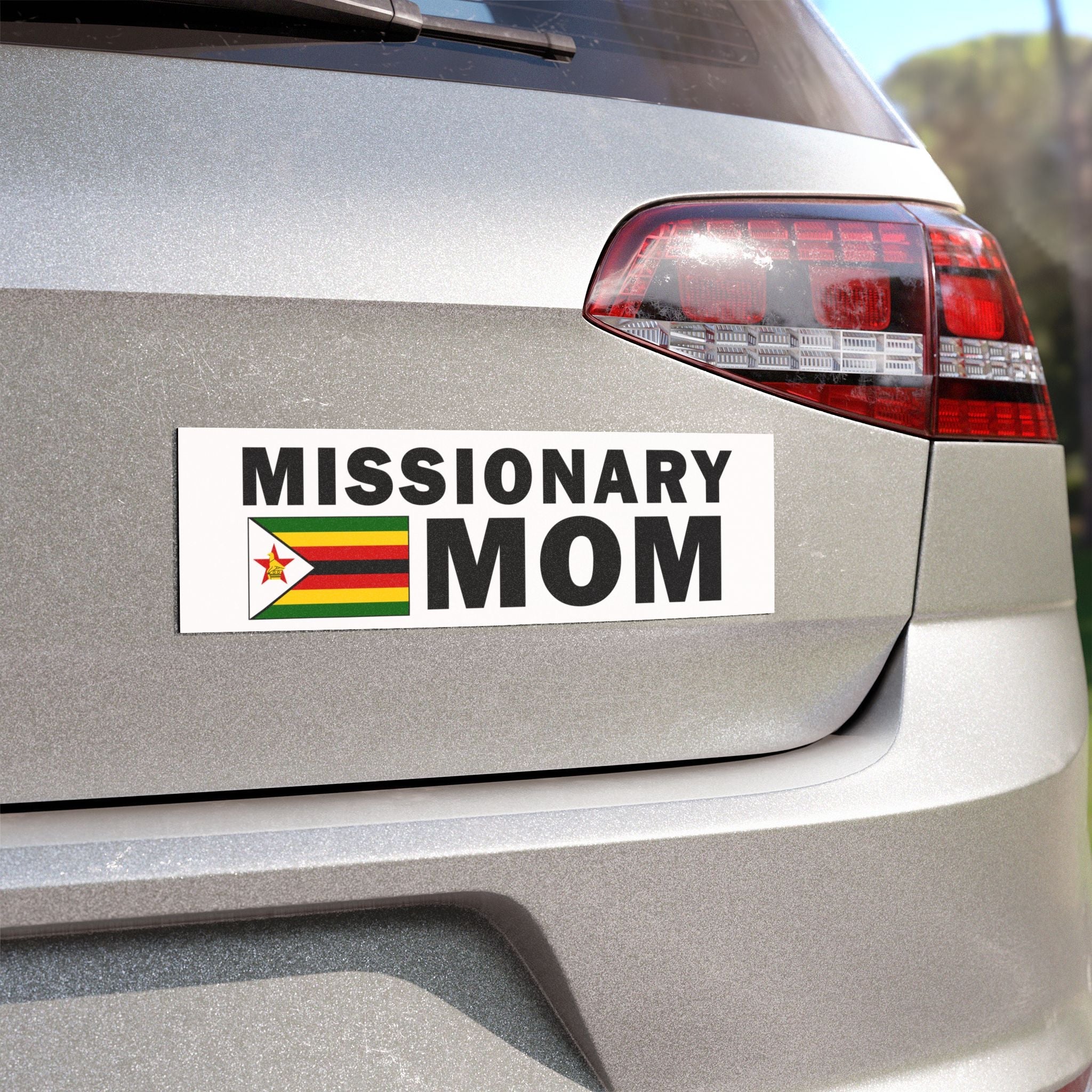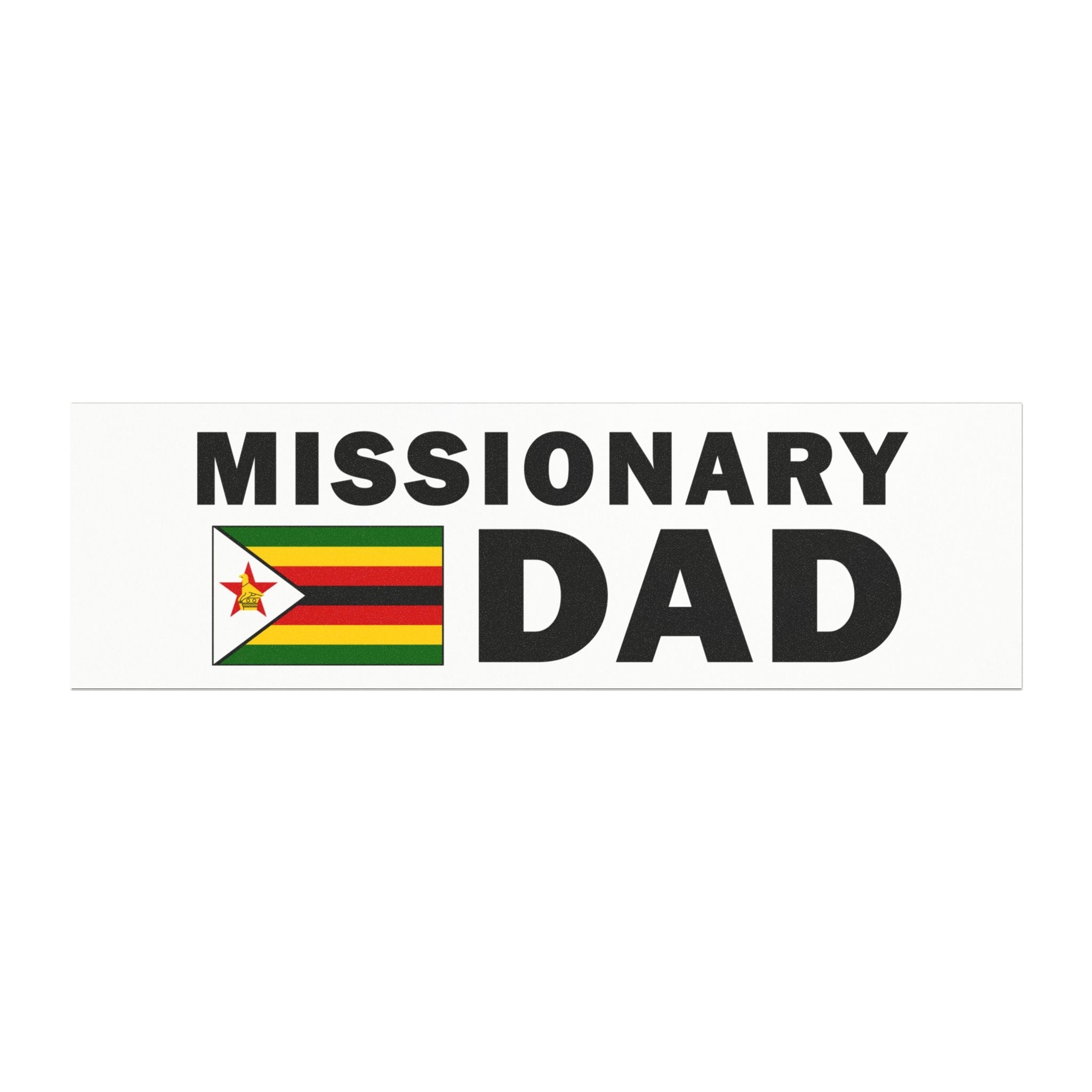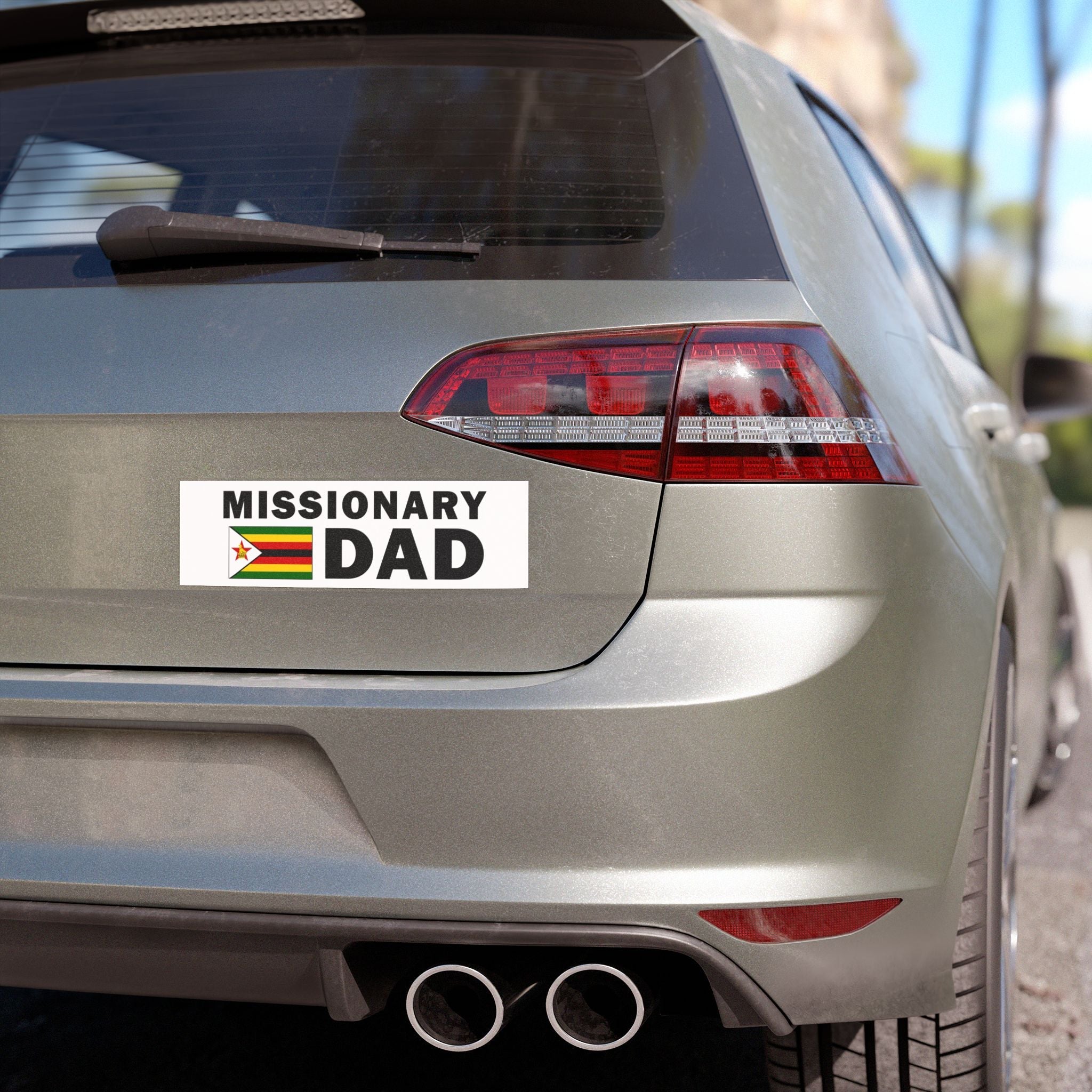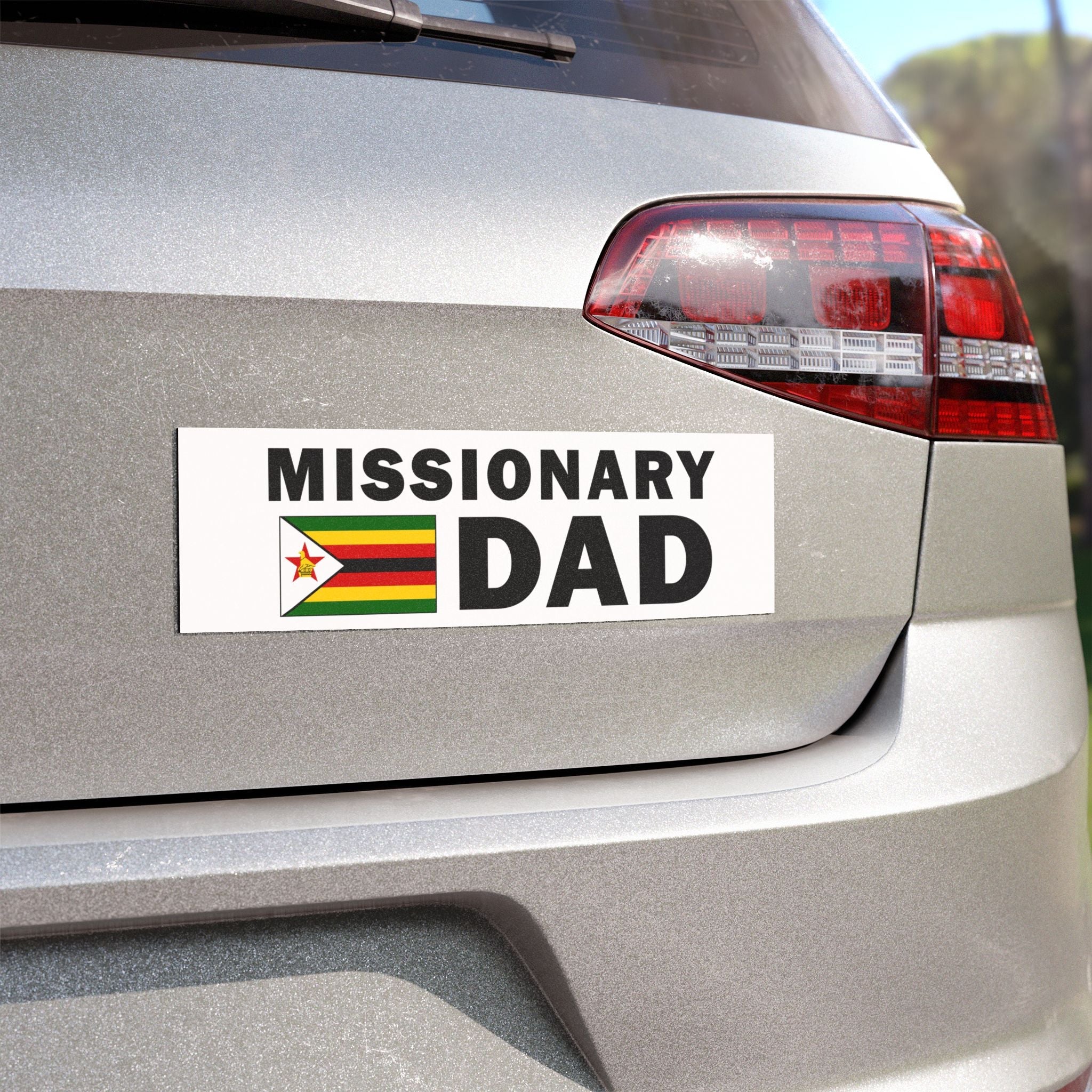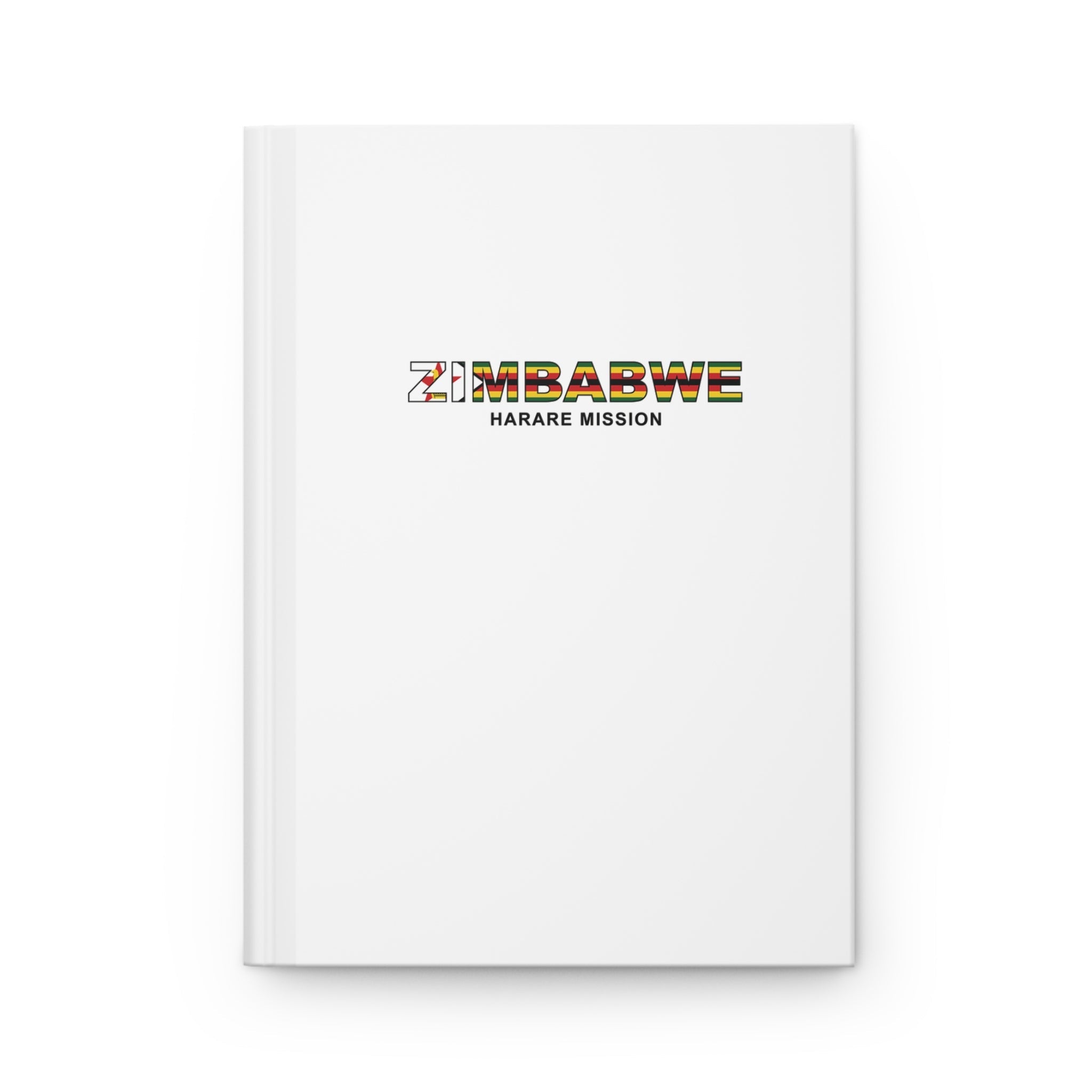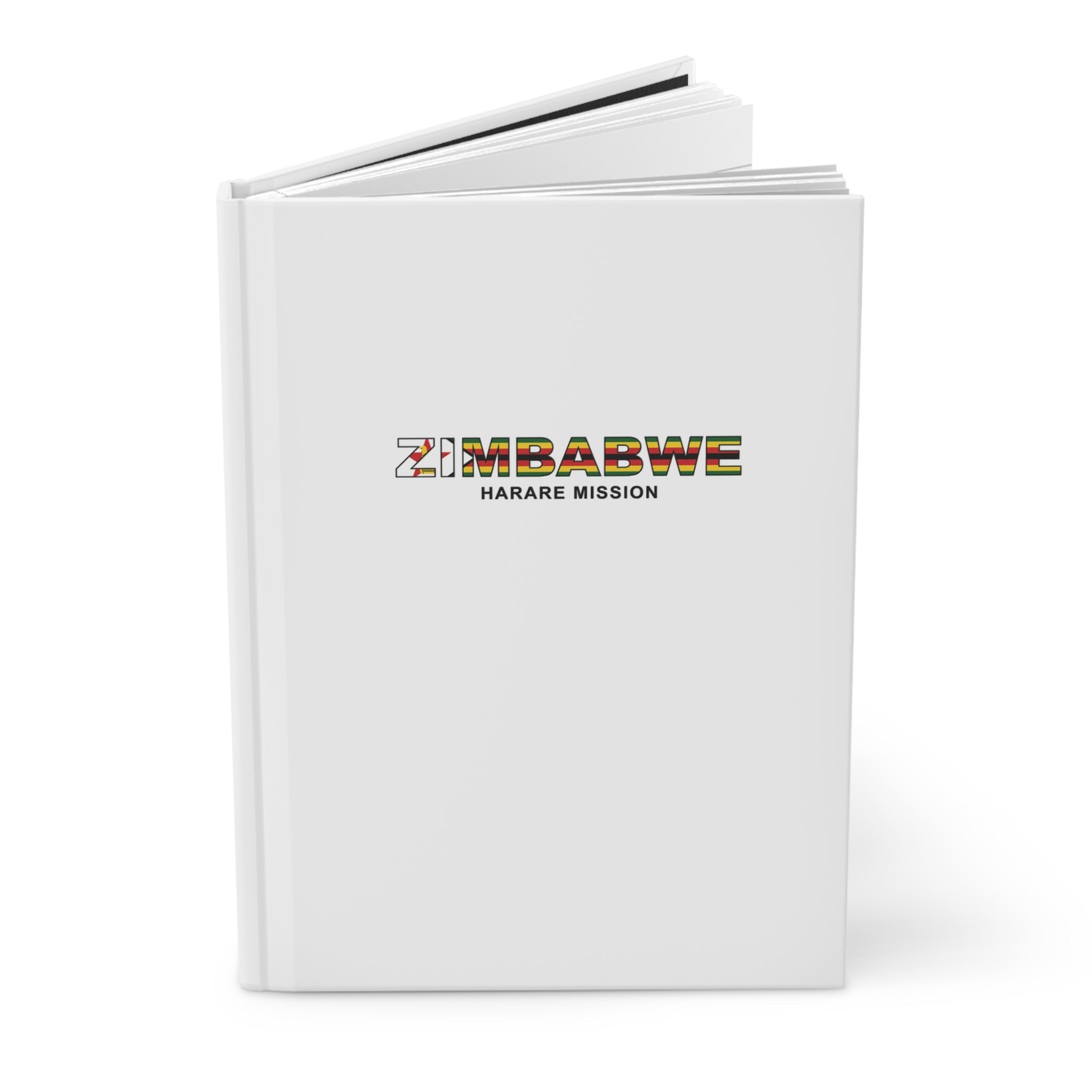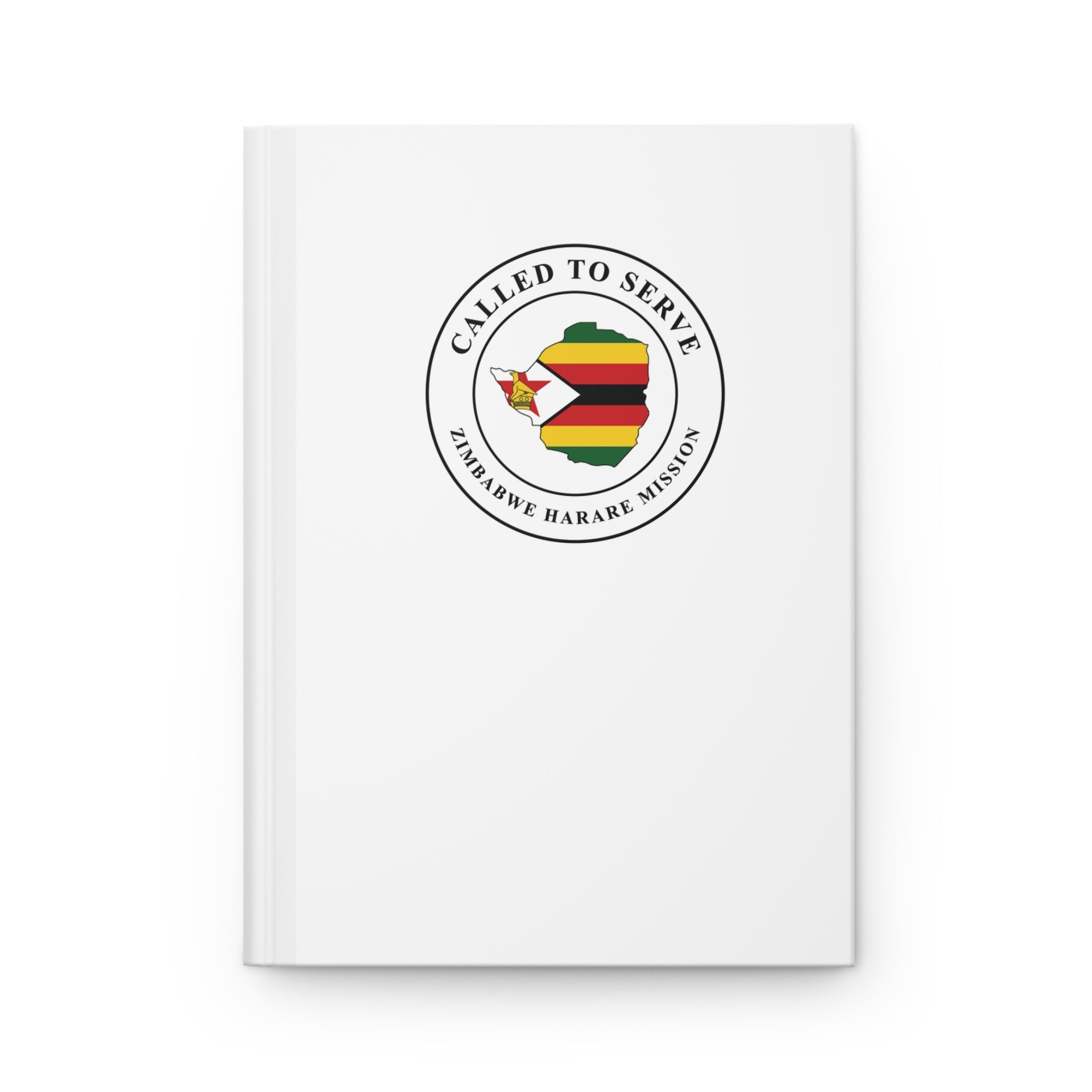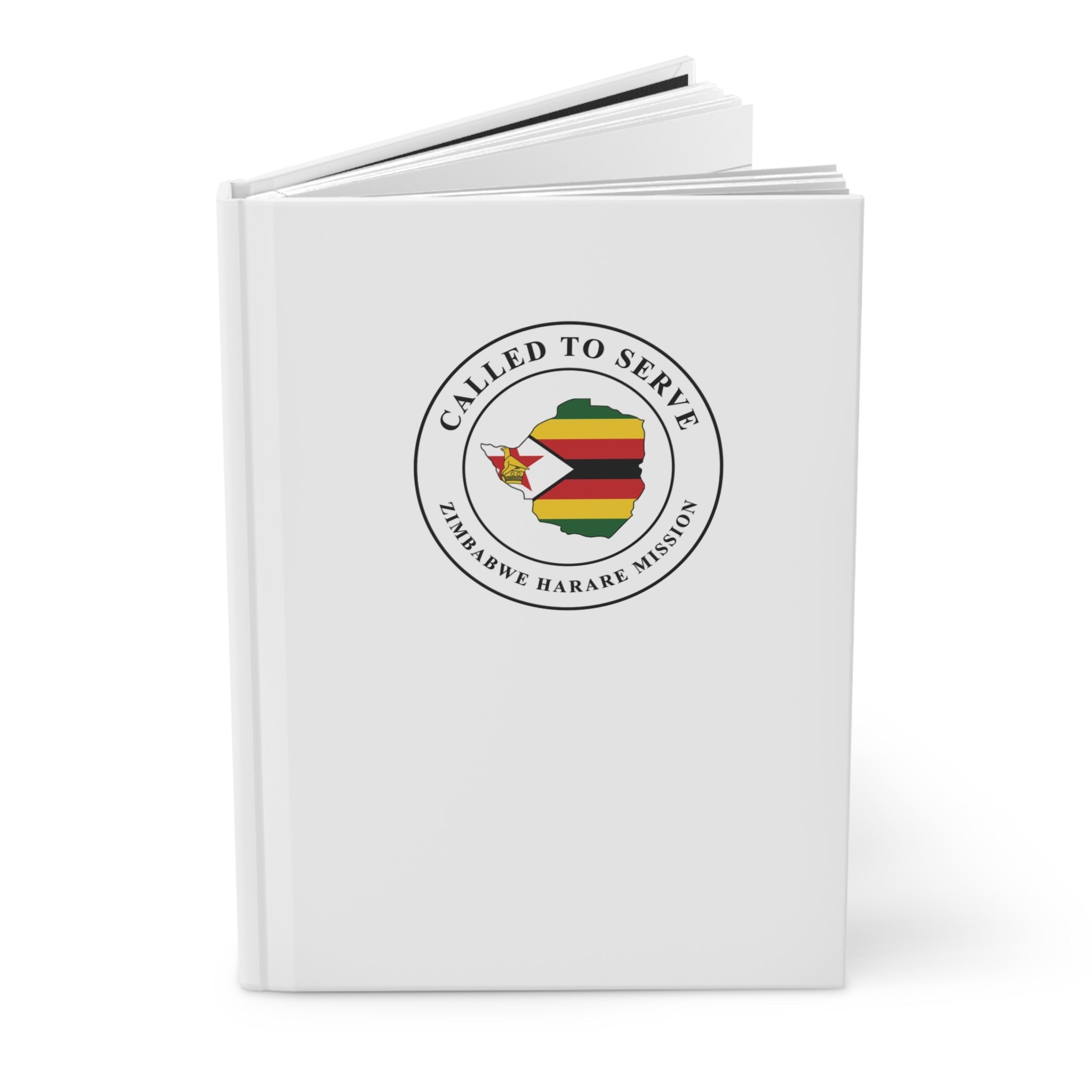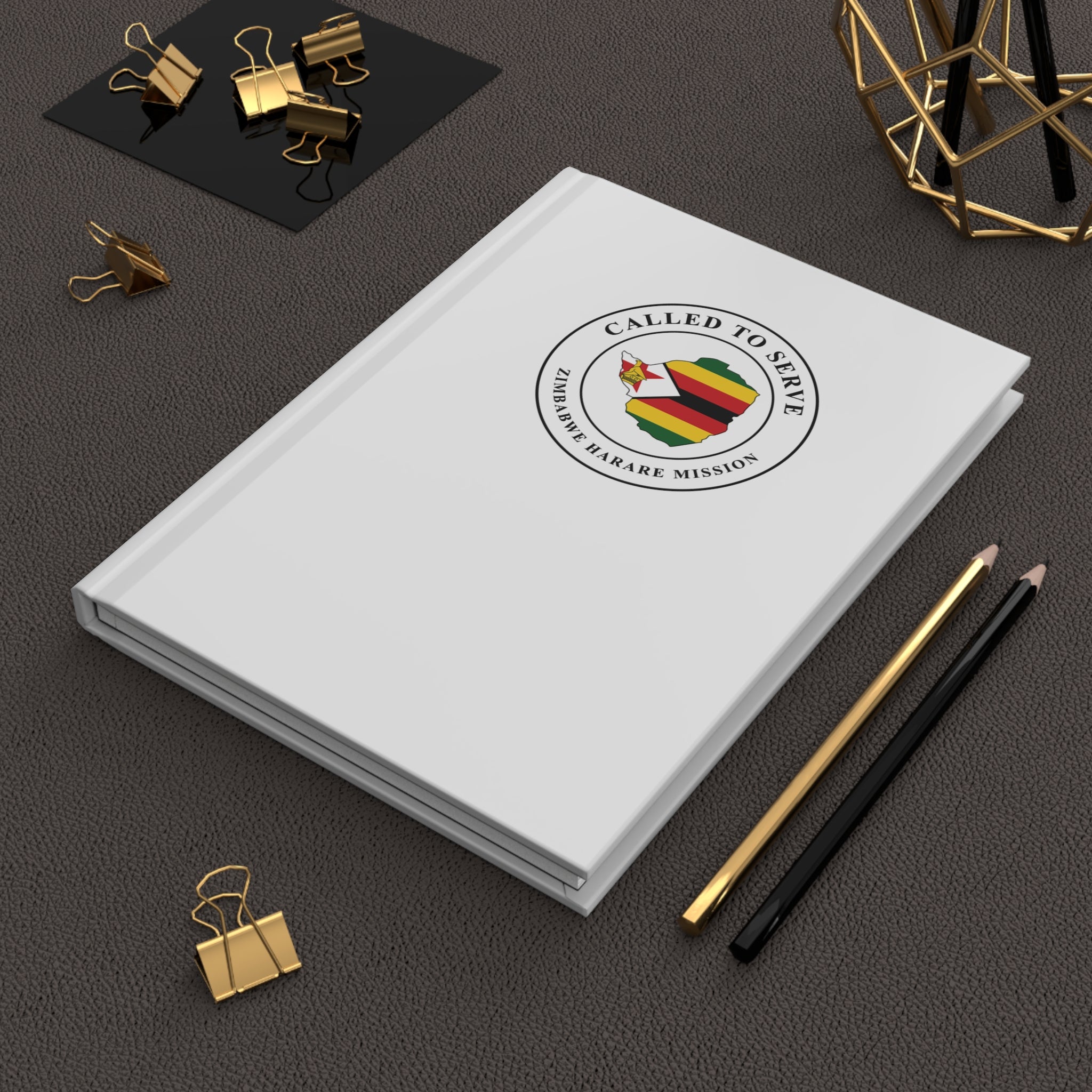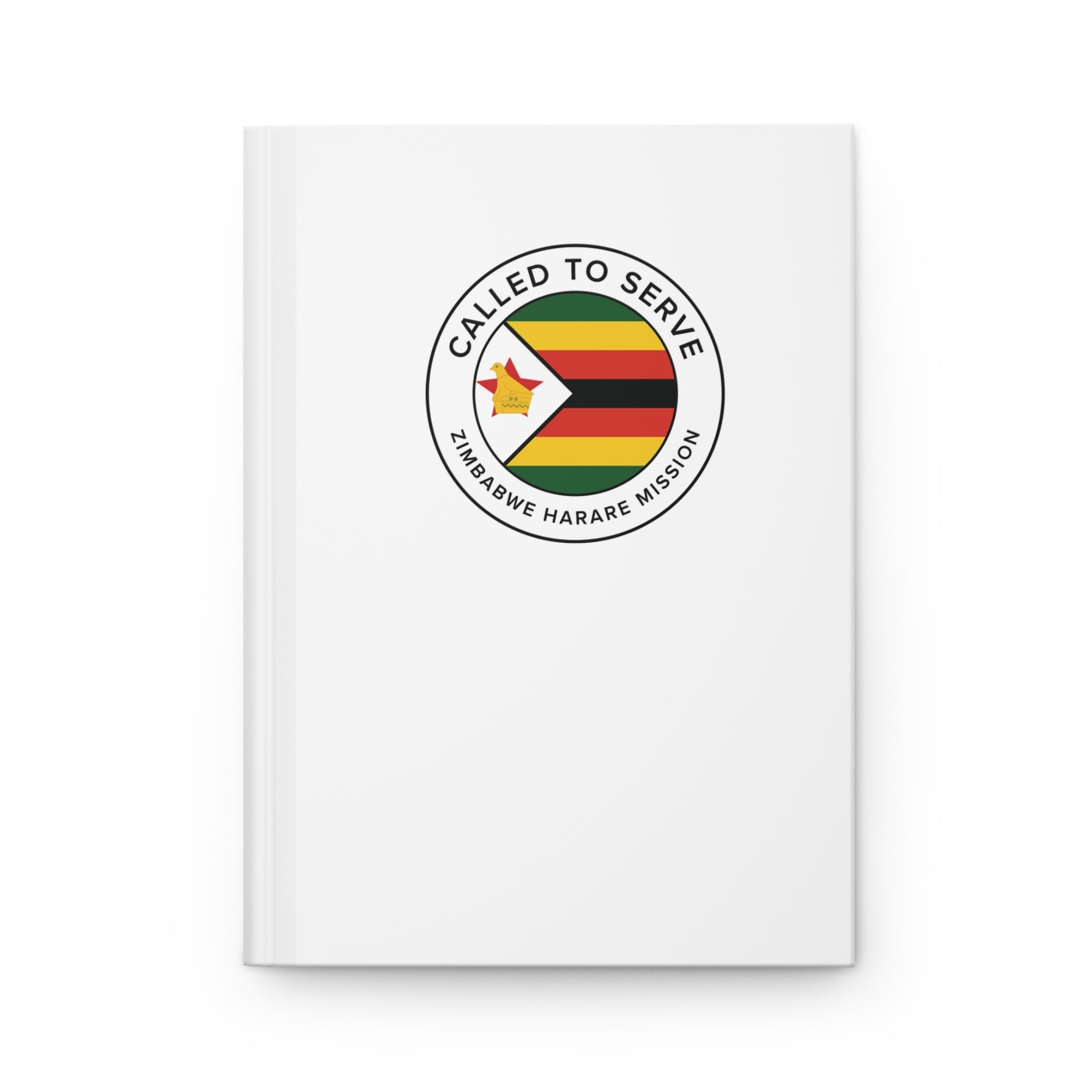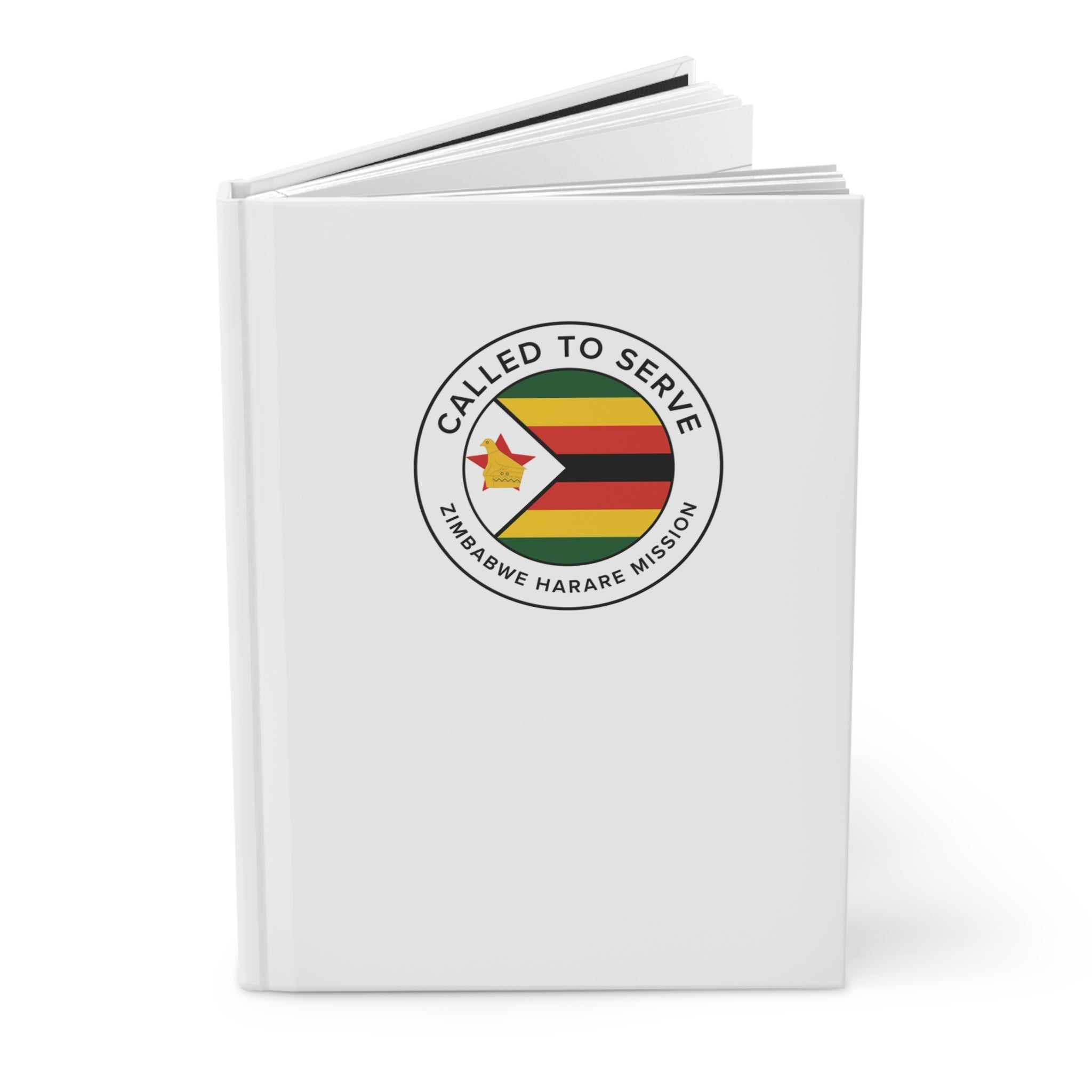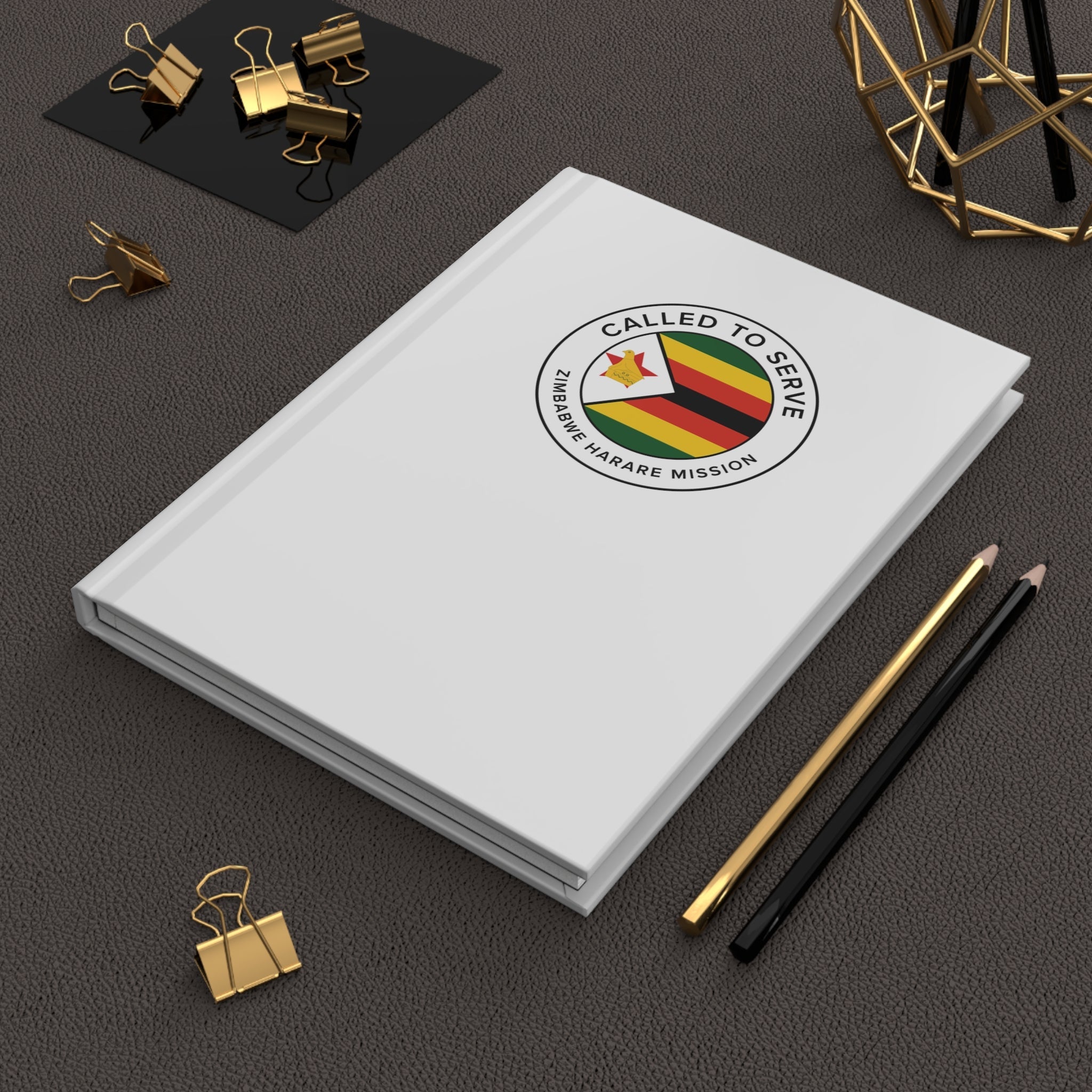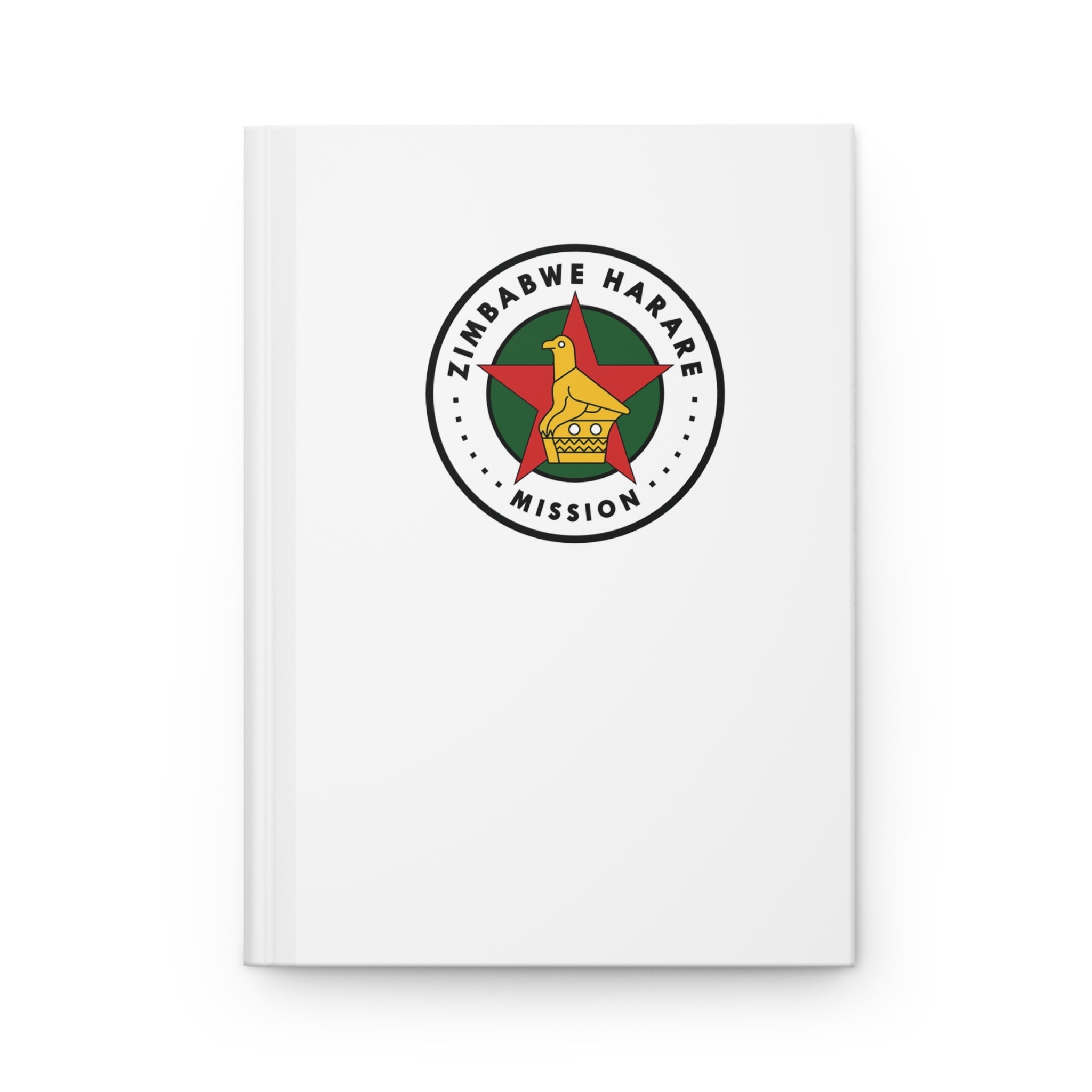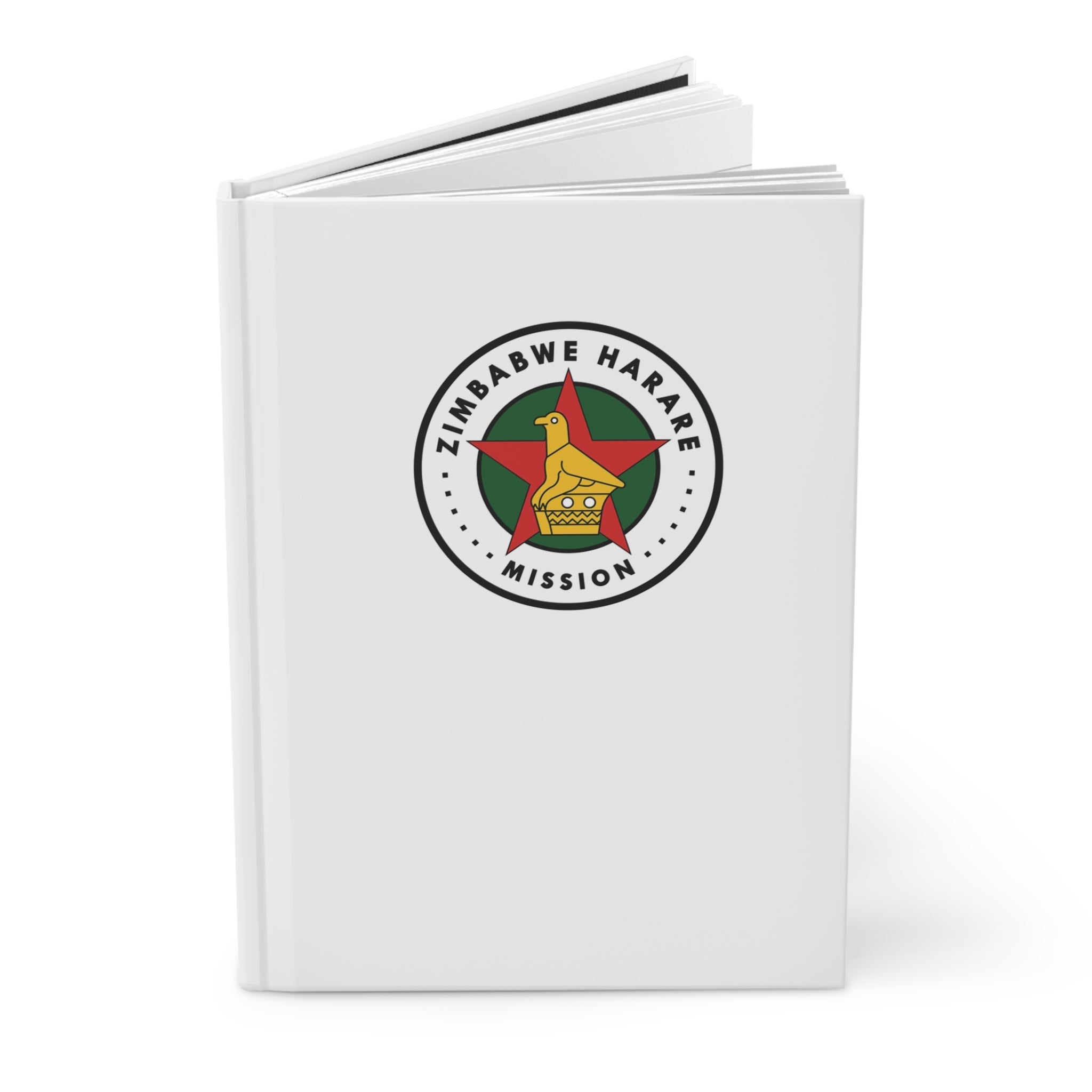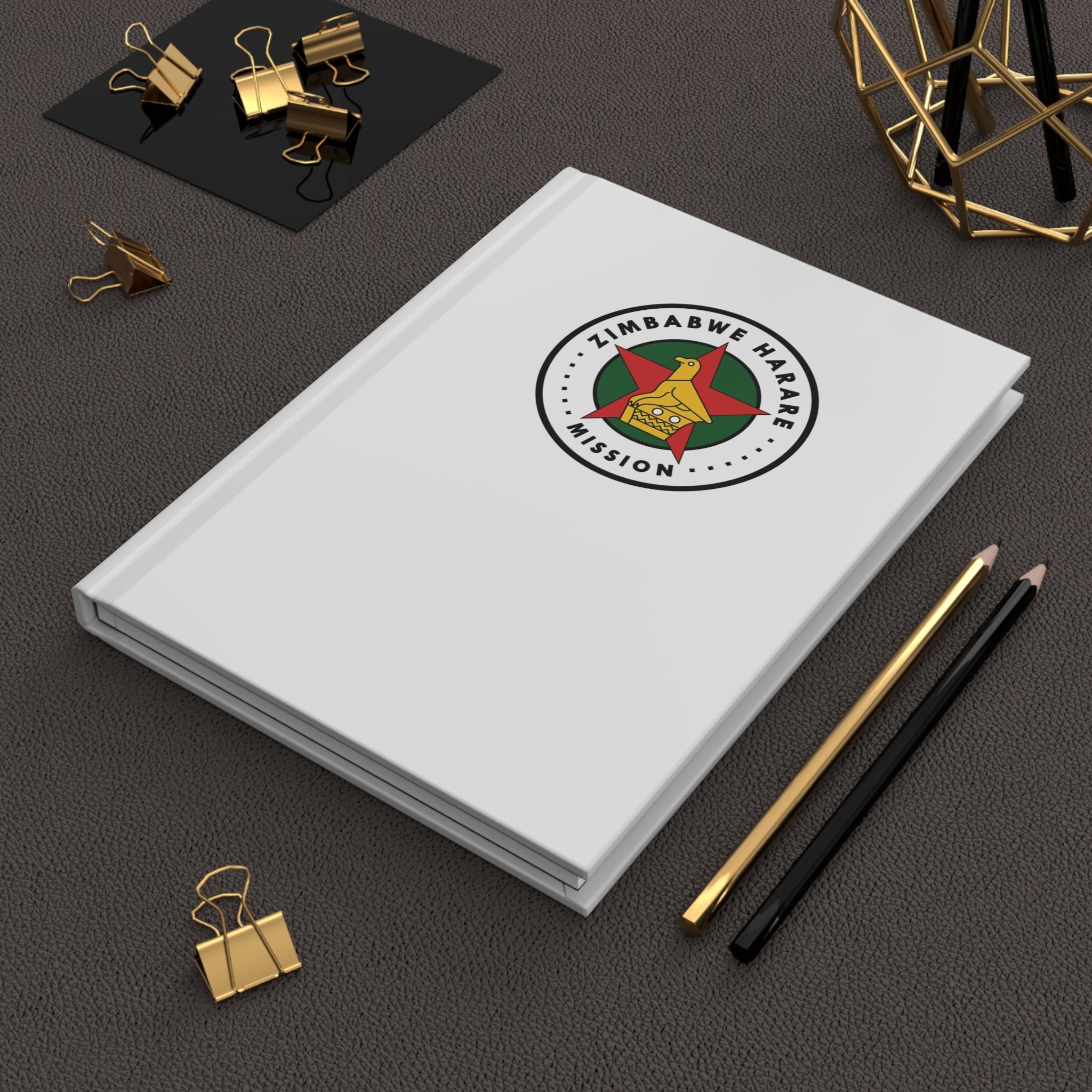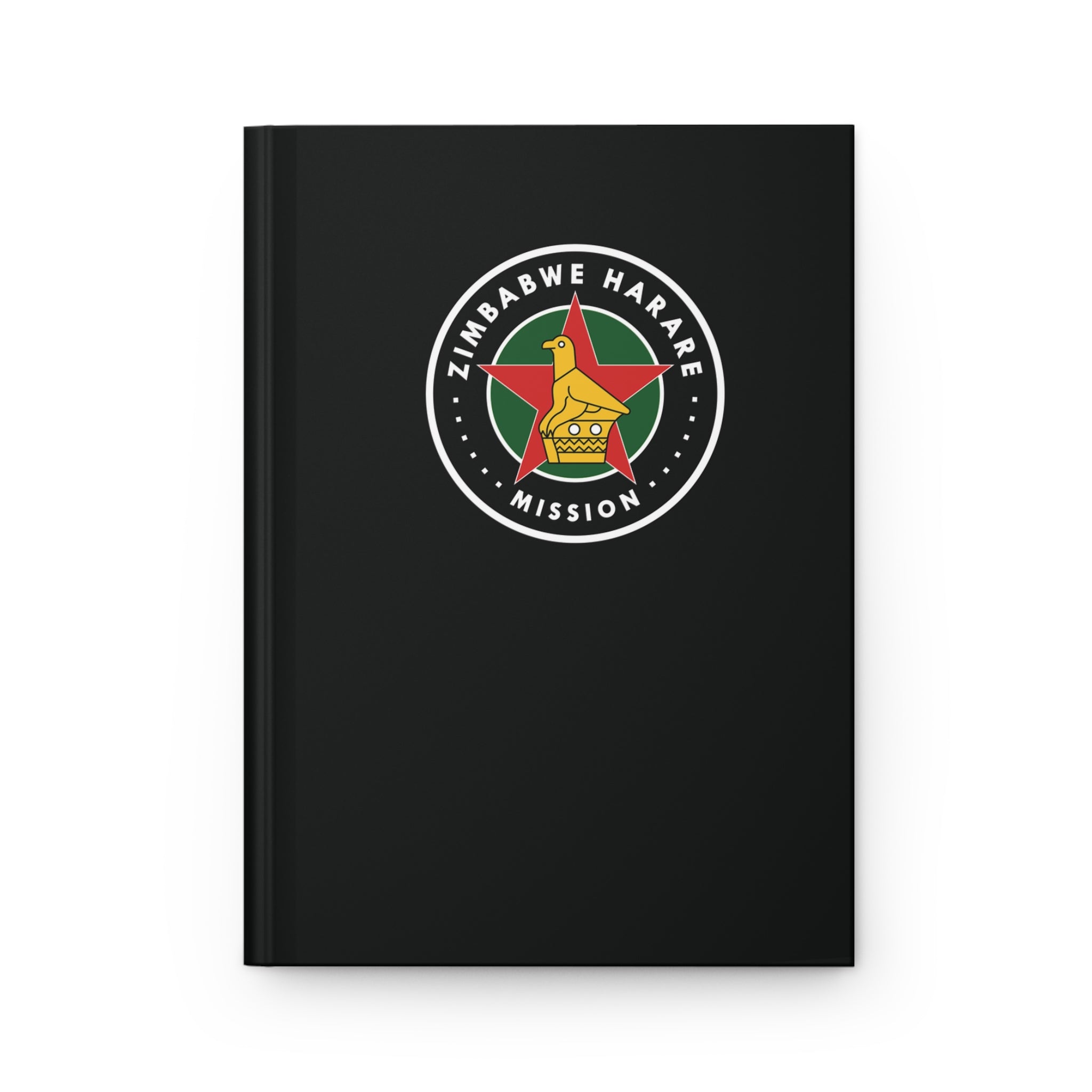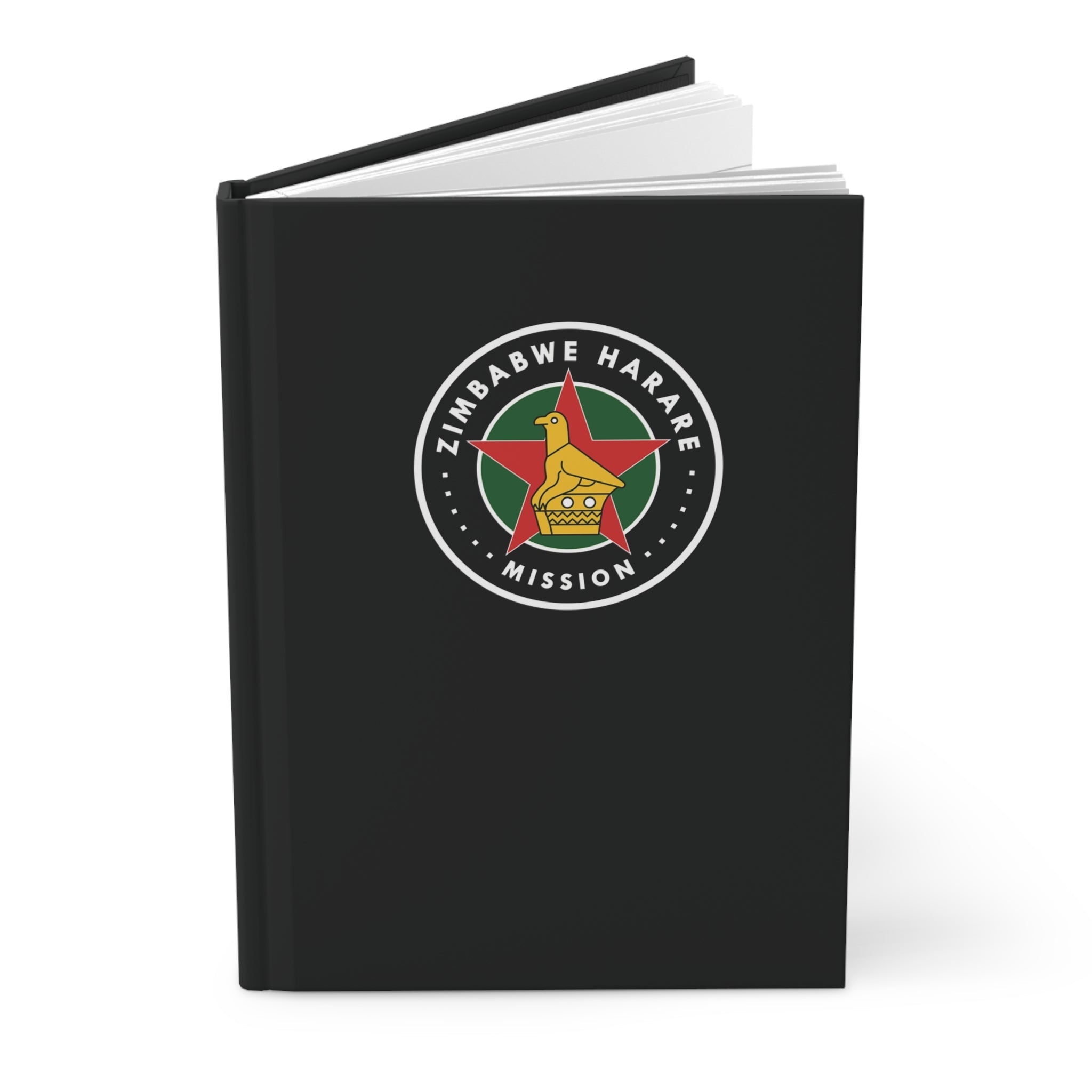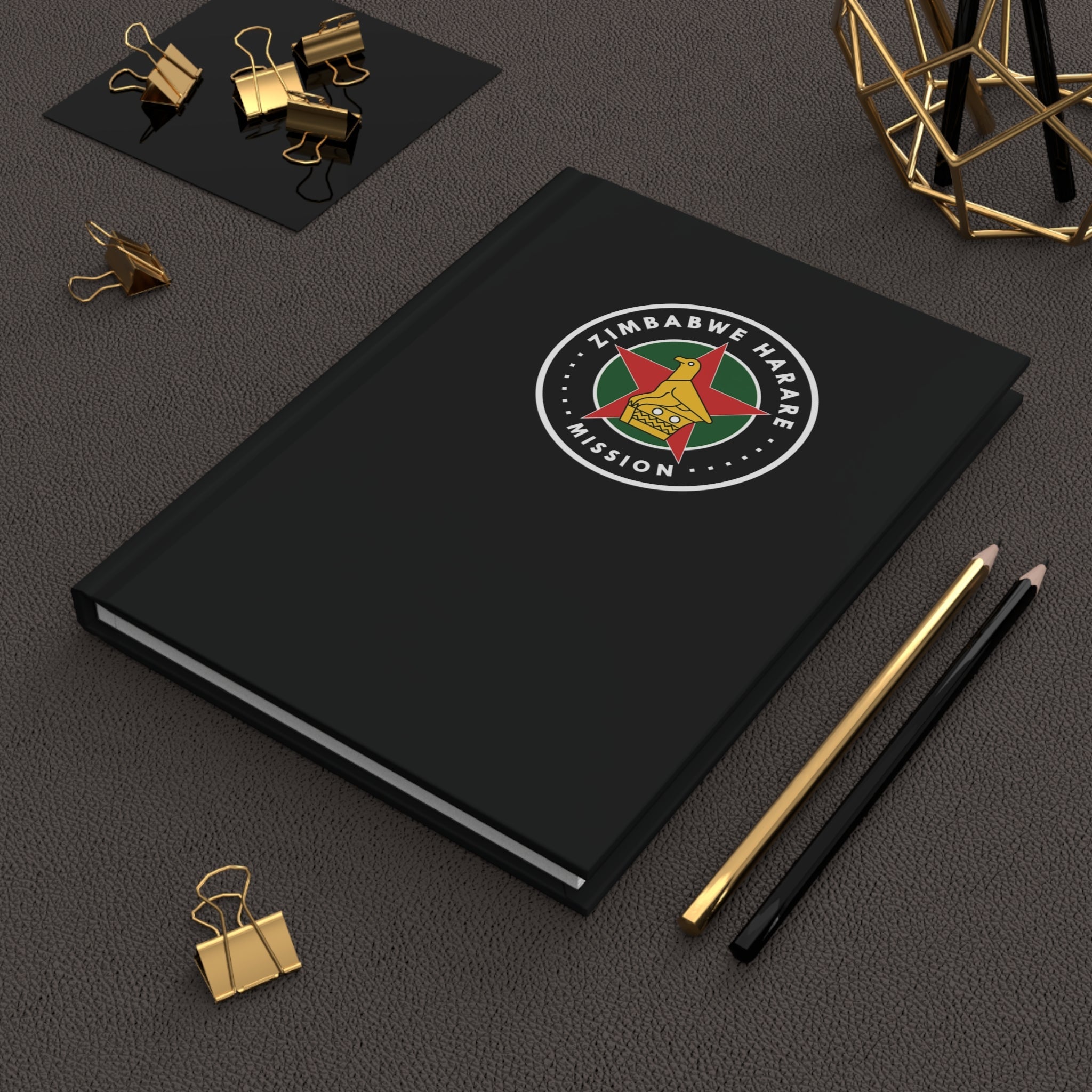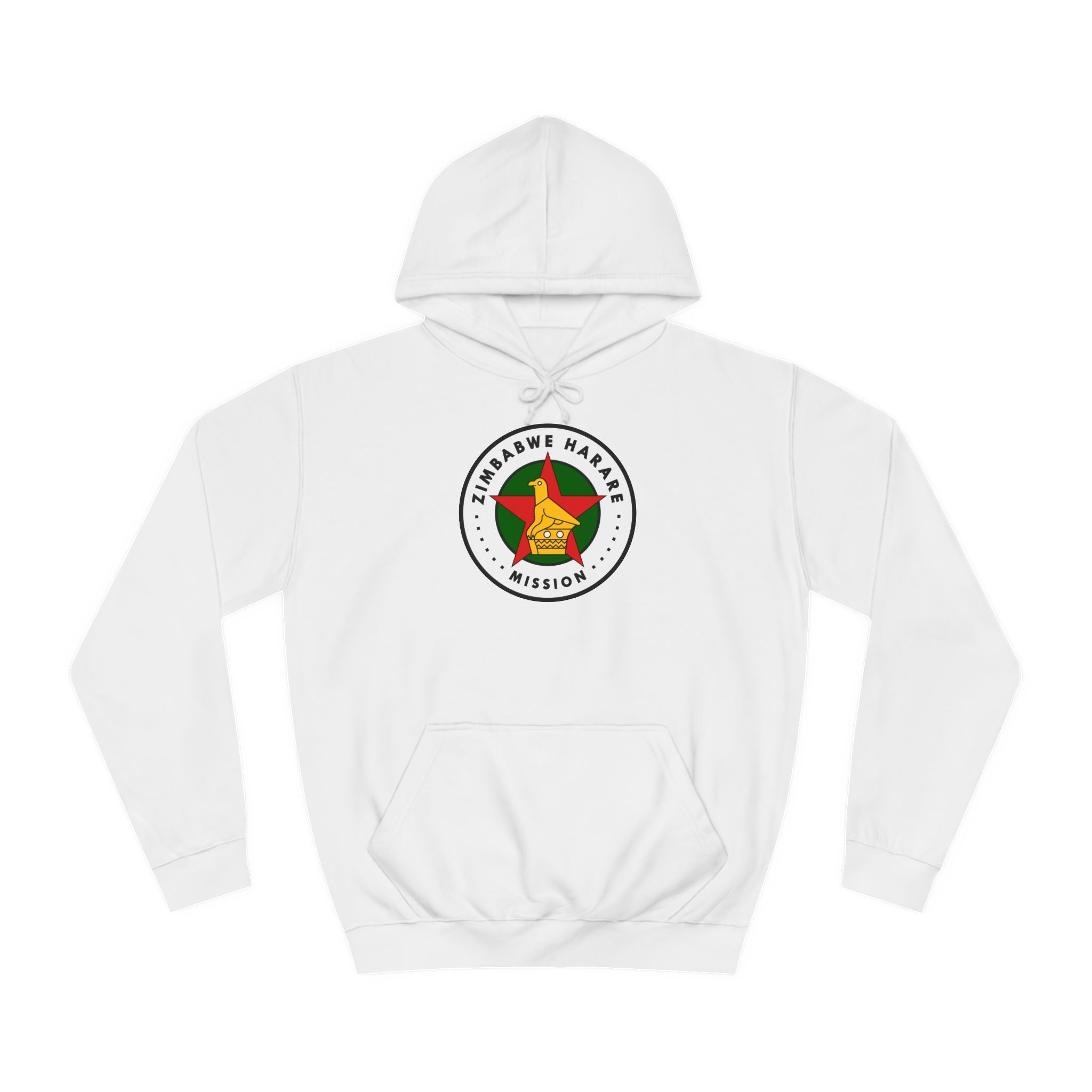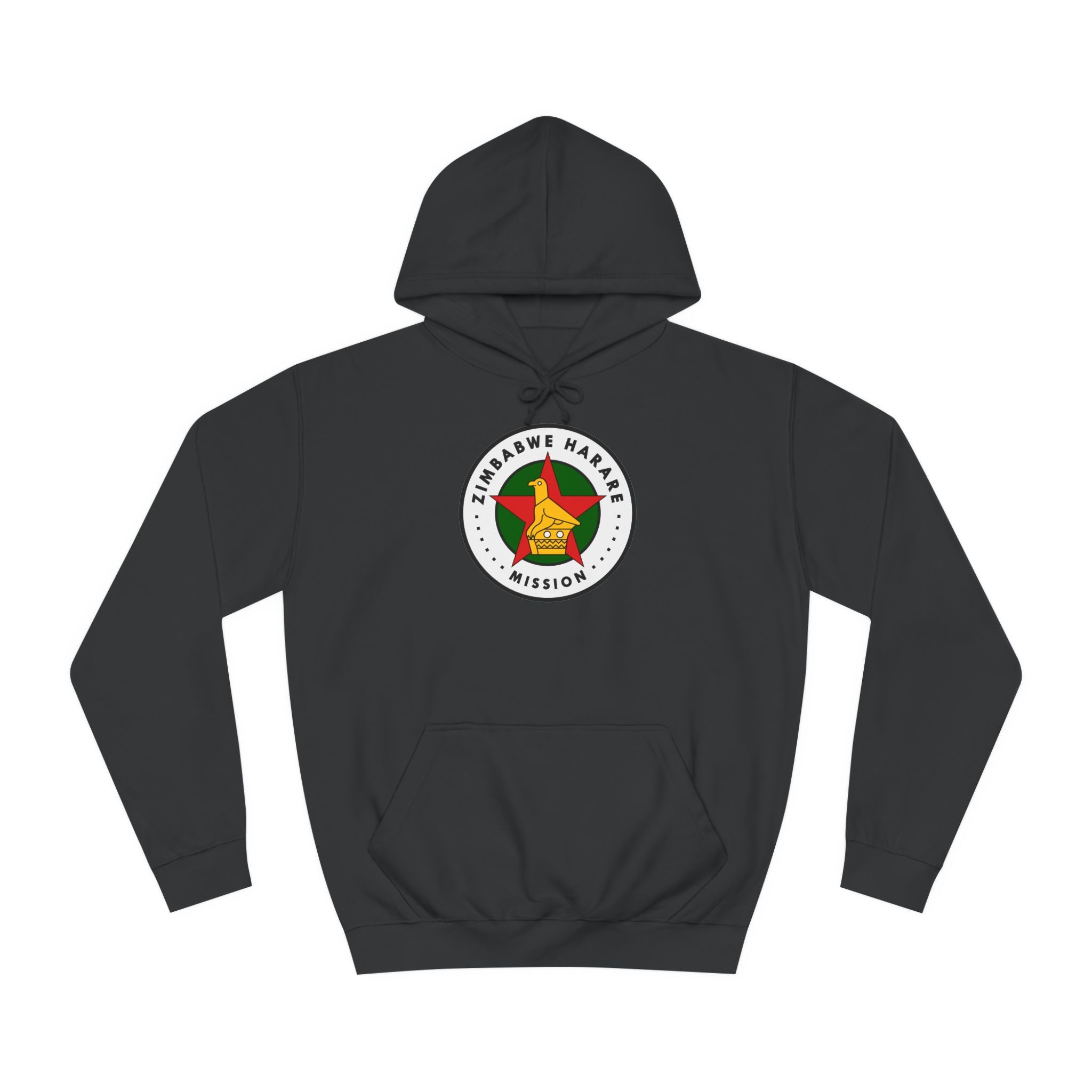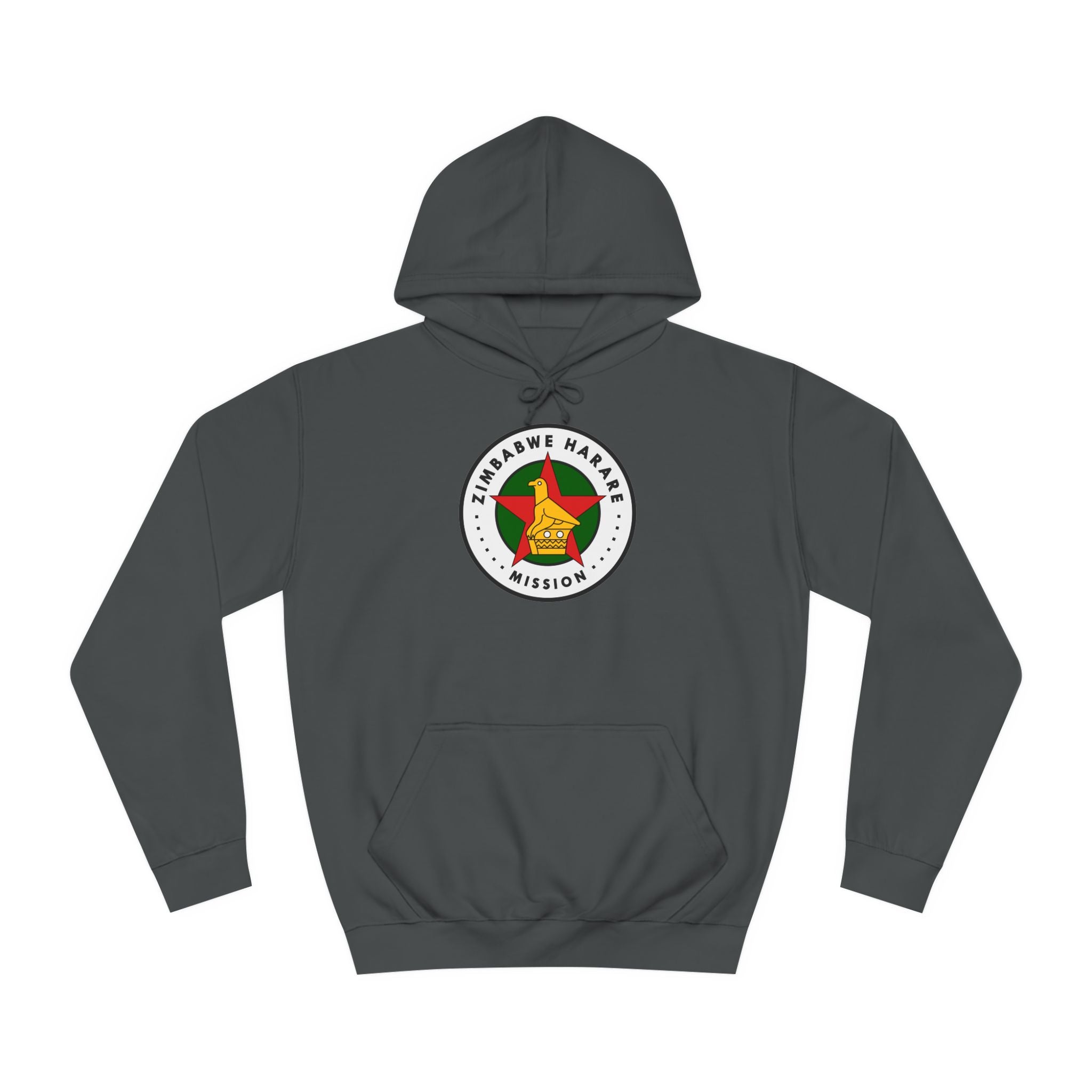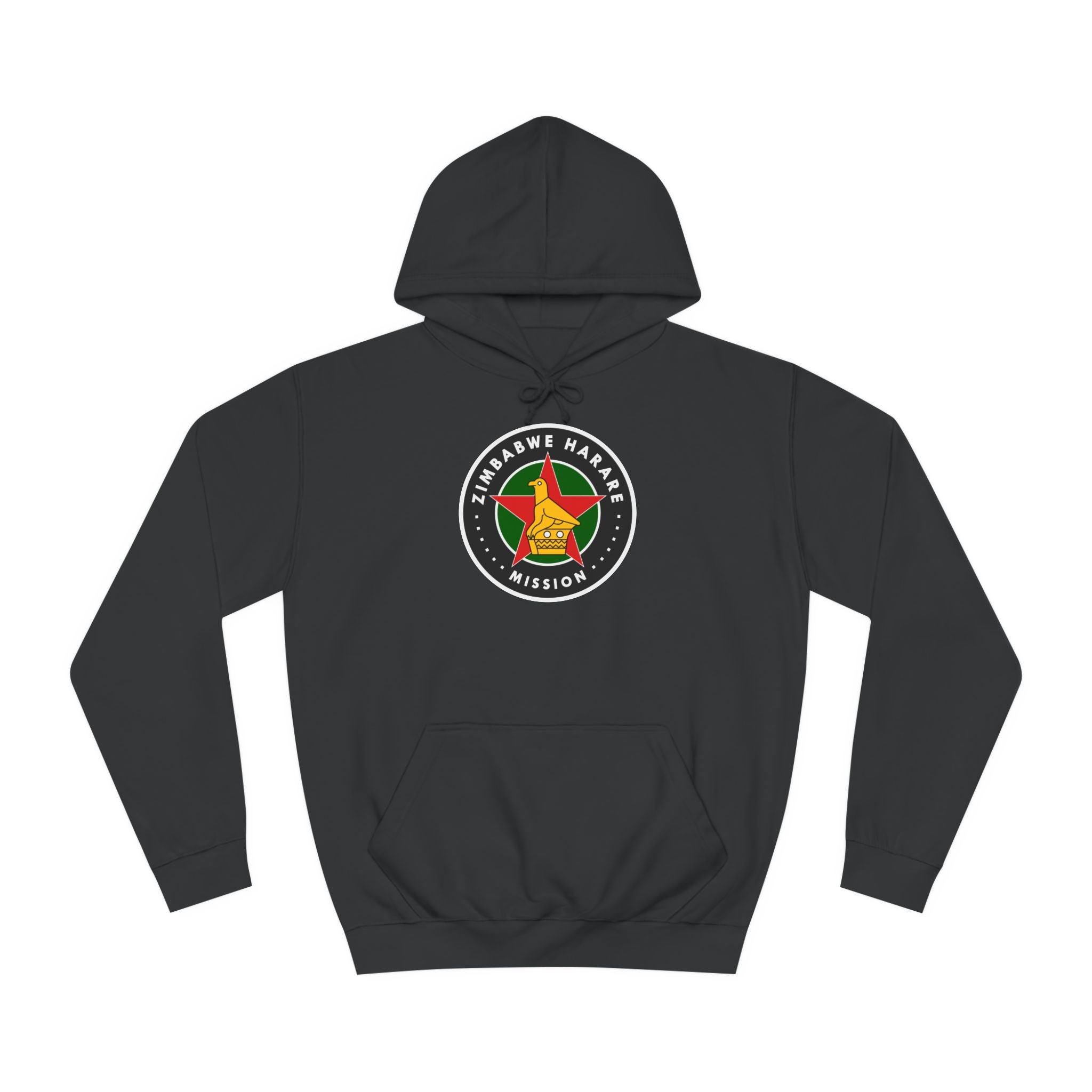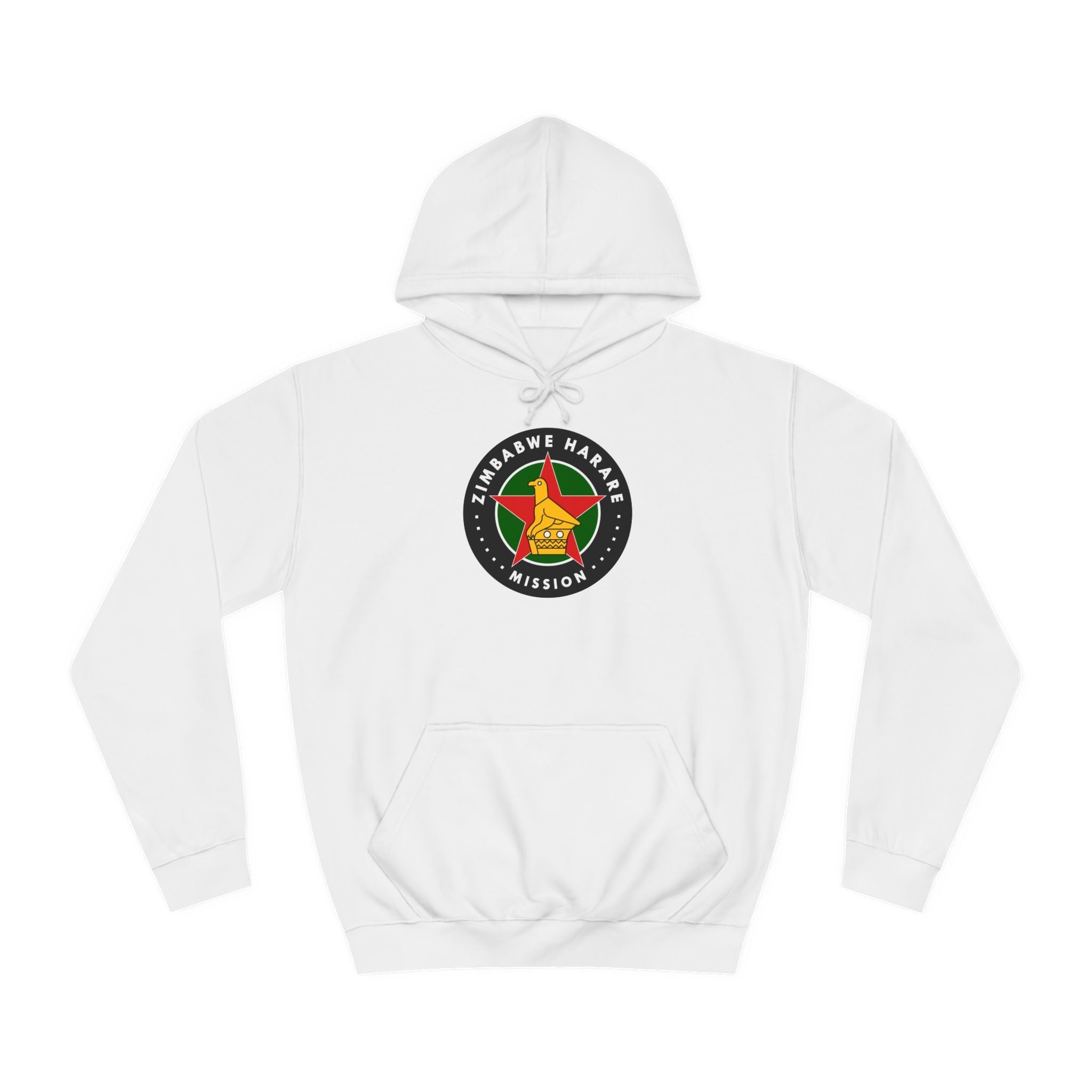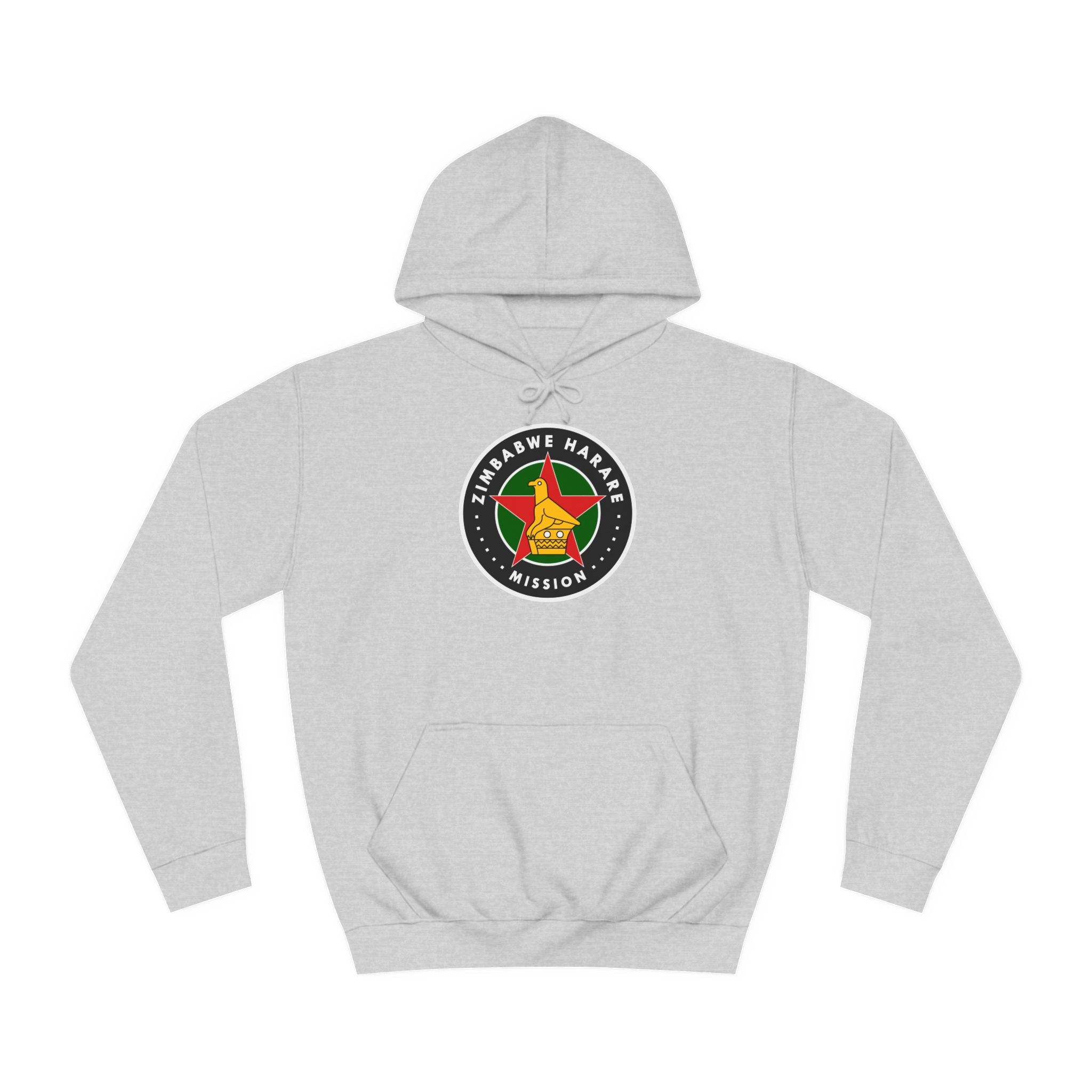Missionary work began in what was then Southern Rhodesia in the early 1930s, but soon slowed. It was continued only by short visits by missionaries from South Africa. In 1950, eight missionaries were sent to Salisbury and Bulawayo, and the first convert was baptized in February 1951.
On April 17, 1951 missionaries distributed 3,000 handbills and a fairly large crowd attended an introductory meeting. The first services were held in a preschool building, and prospective members sat on tiny chairs. Later they met in the cloak room of a primary school.
In 1980 the government changed and the nation of Zimbabwe was formed. A new mission was established in Zimbabwe. At that time, membership was a little more than 1,000. Missionary work increased as local missionaries began serving full-time missions.
Since 1988 the Church has had an ongoing humanitarian project in Zimbabwe that has included the donation of funds, a mill for grinding grain, gardening materials, a dam near Masvingo, and two large shipments of new textbooks for Zimbabwe's school children.
In January 1997 there were 6,360 members in Zimbabwe, and by October the Church had grown to 7,100 members, an increase of 11.5 percent in less than nine months.
President Gordon B. Hinckley visited Zimbabwe and spoke to members on February 18, 1998 during a five-country tour of Africa.
